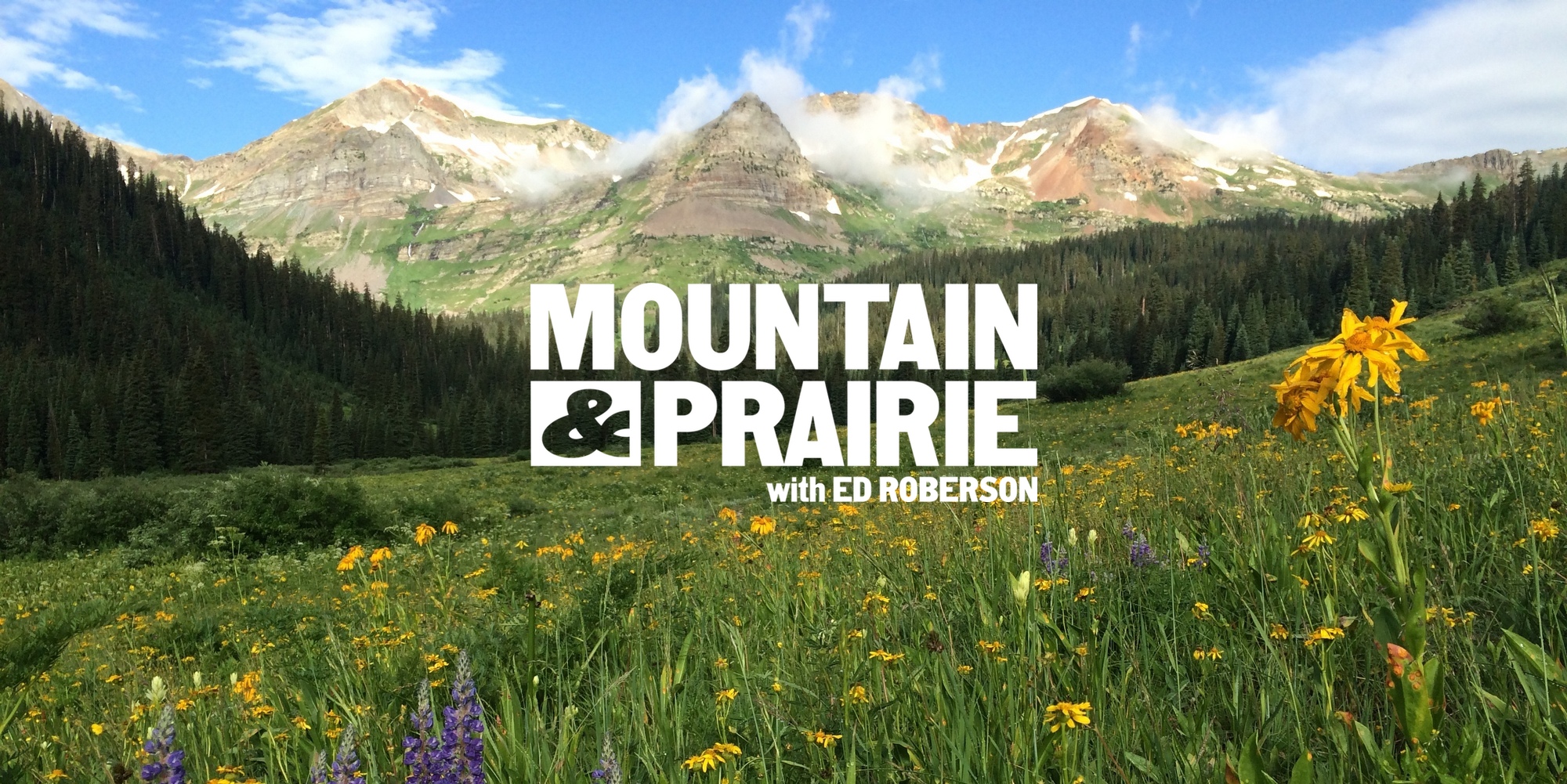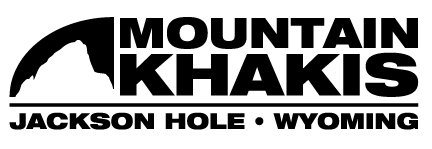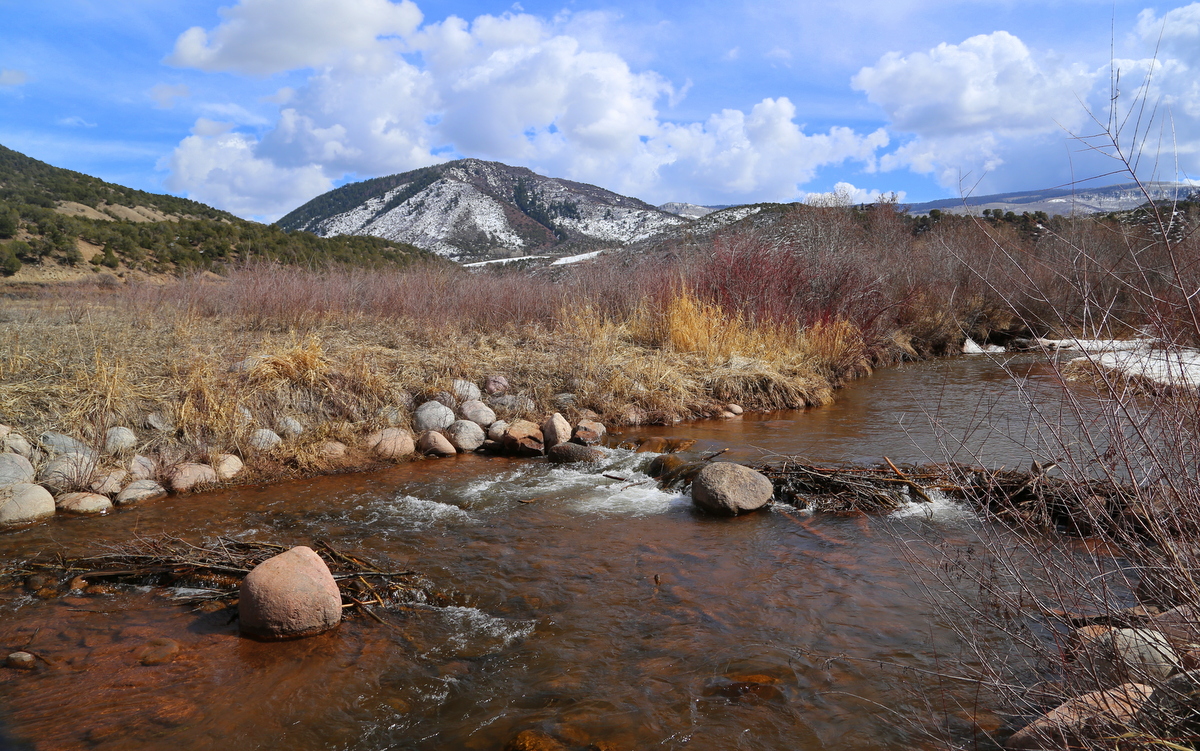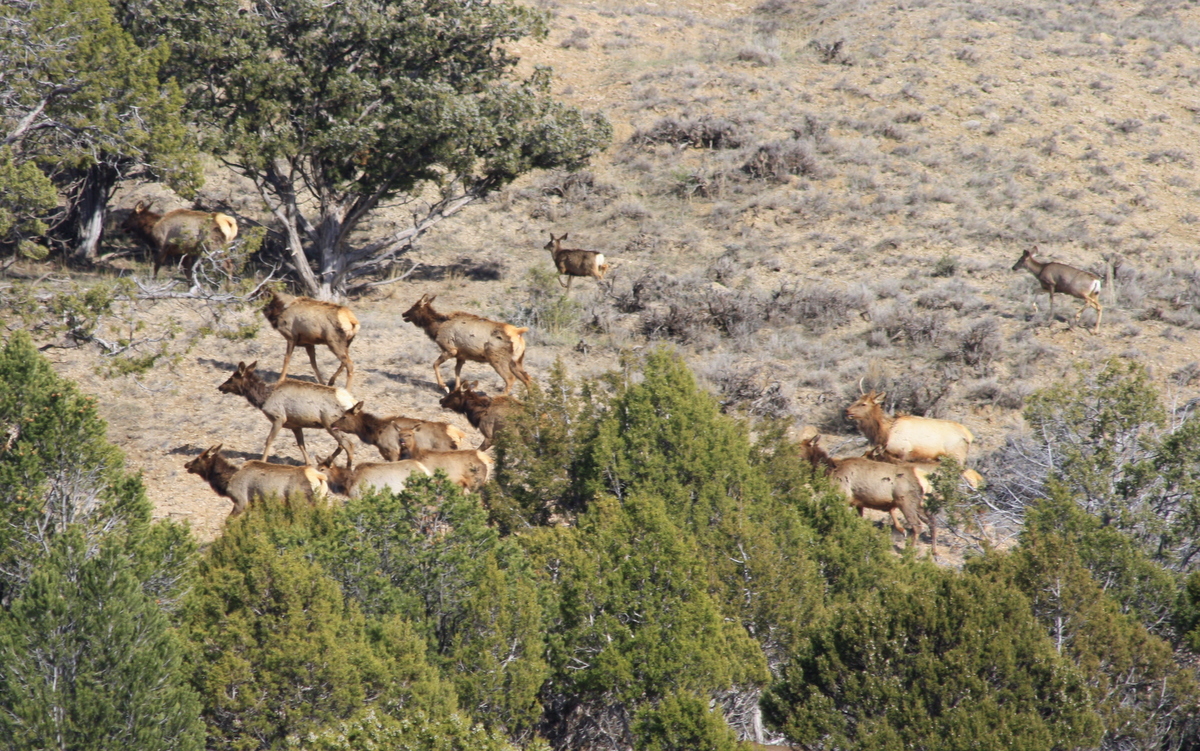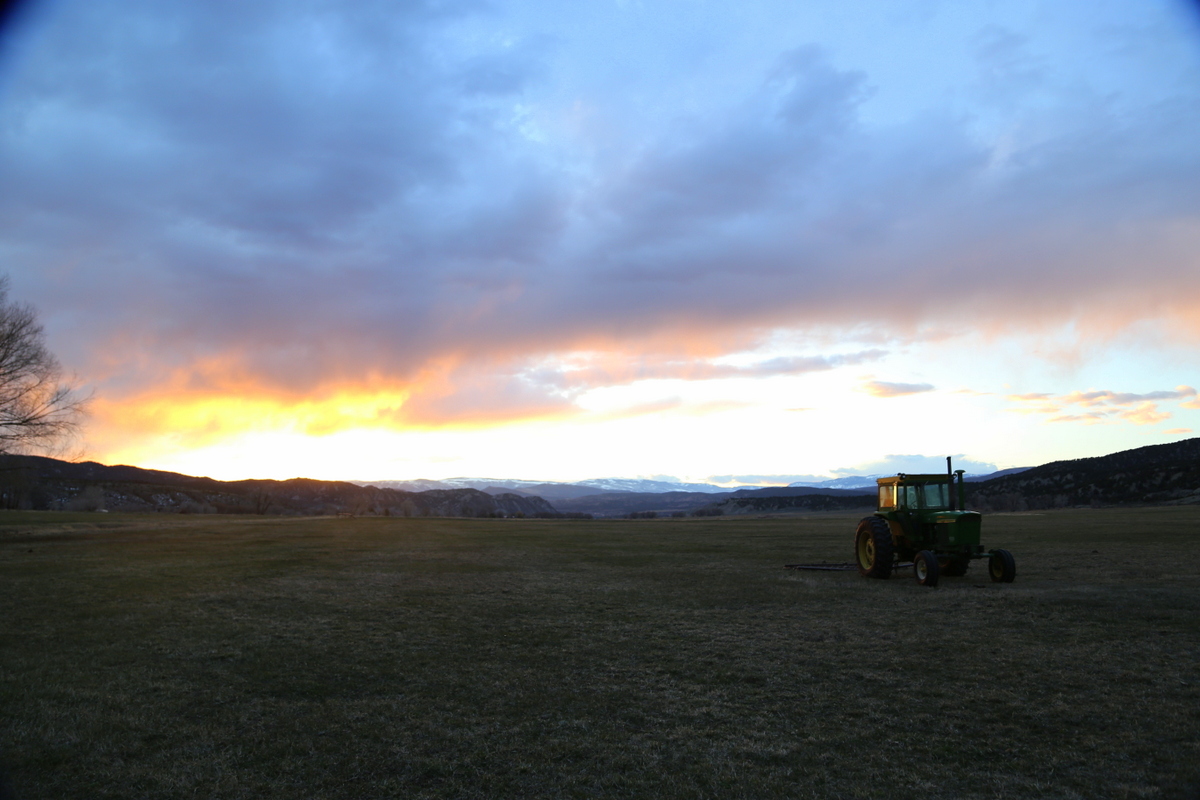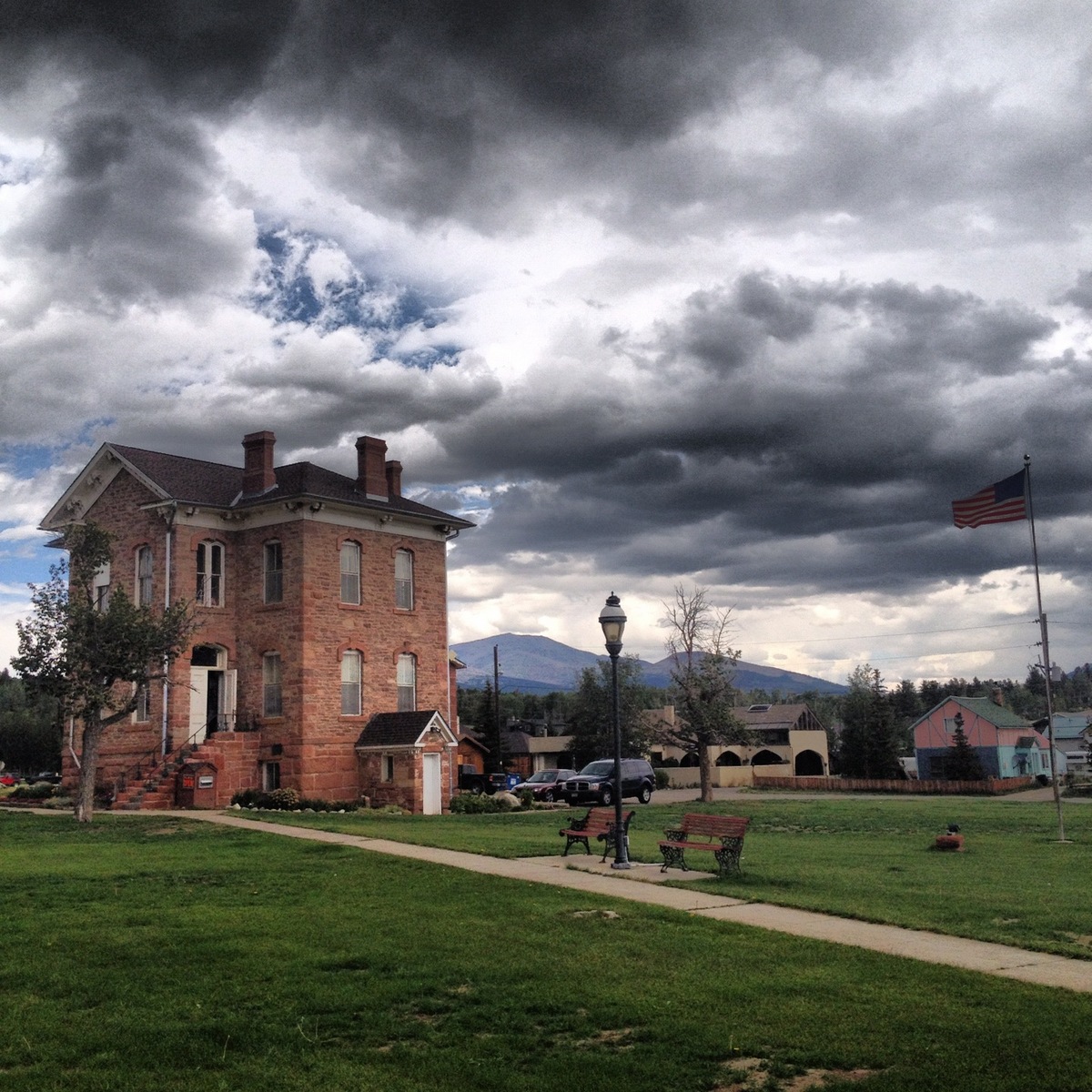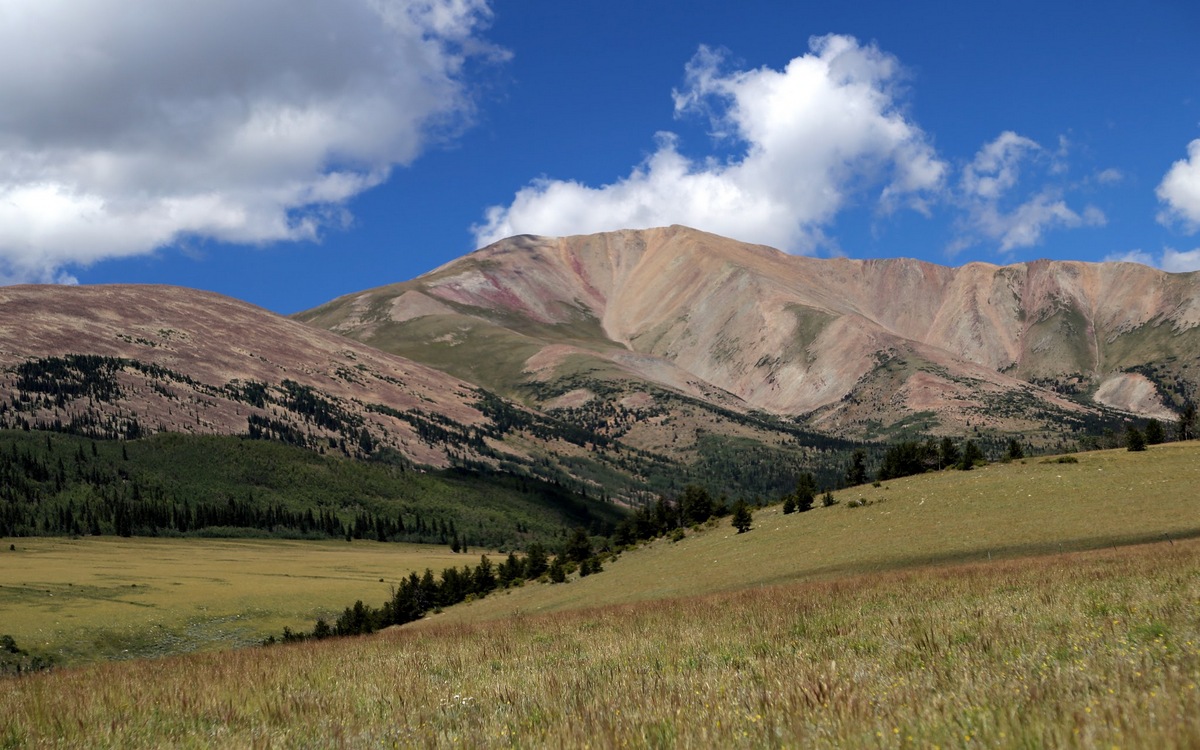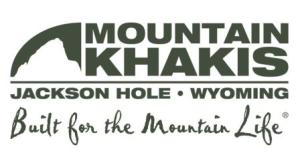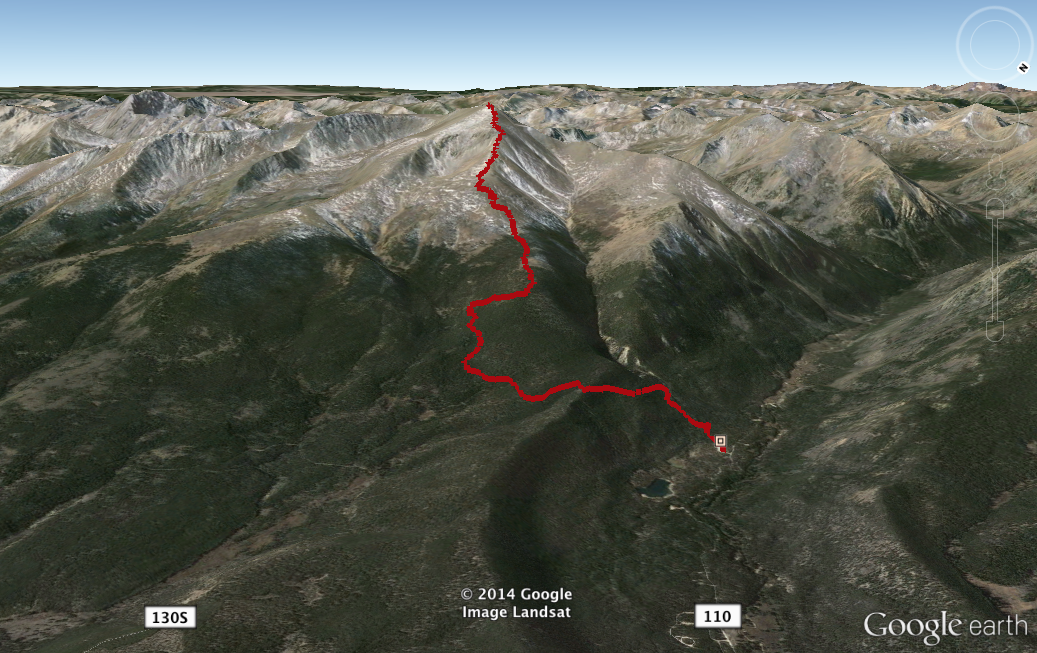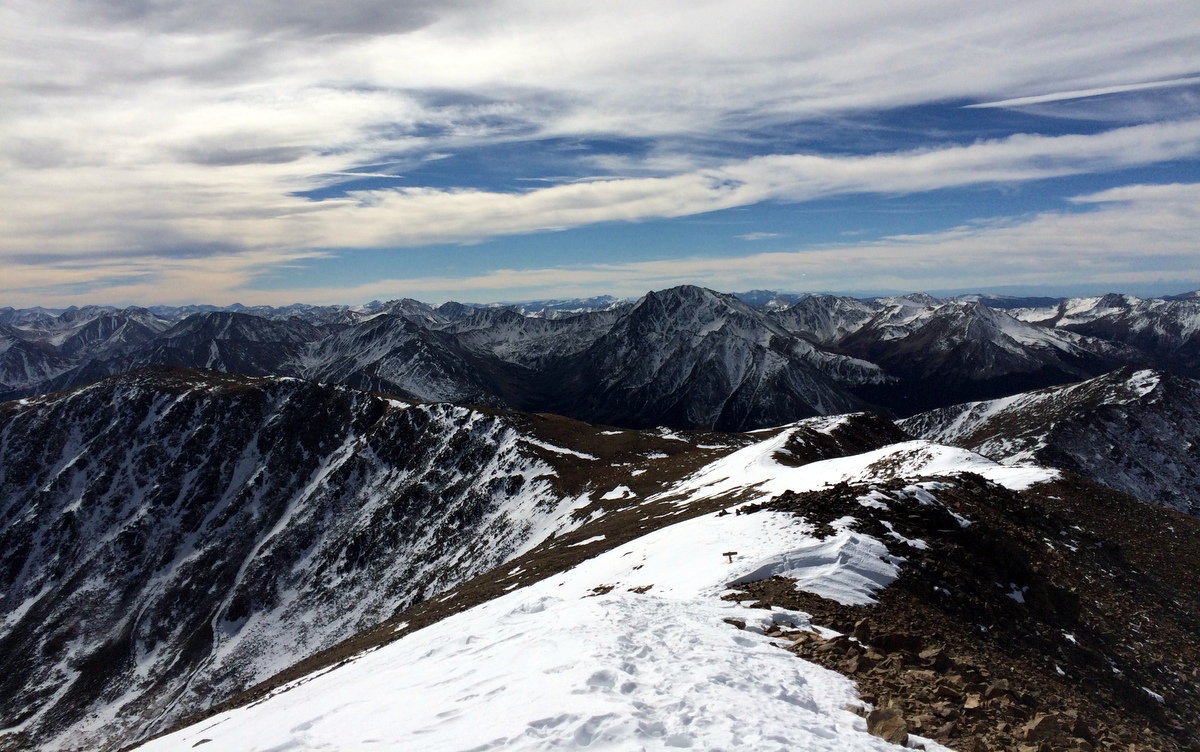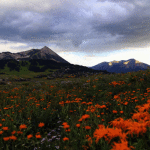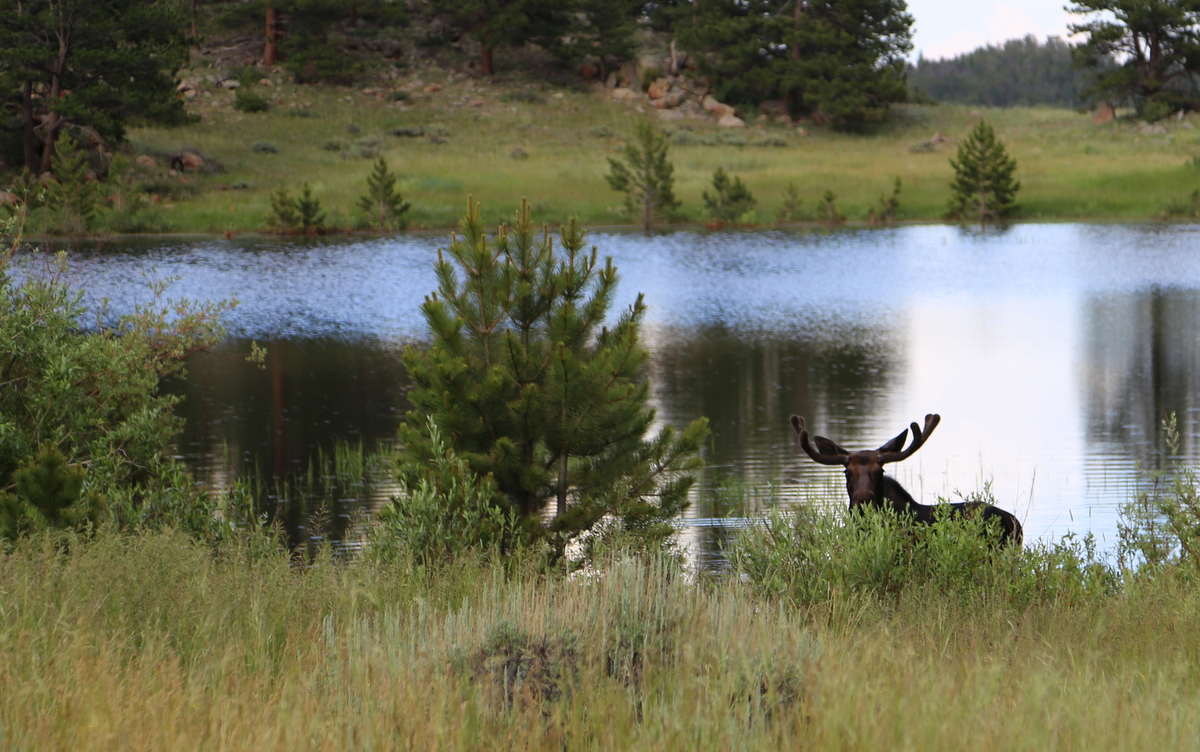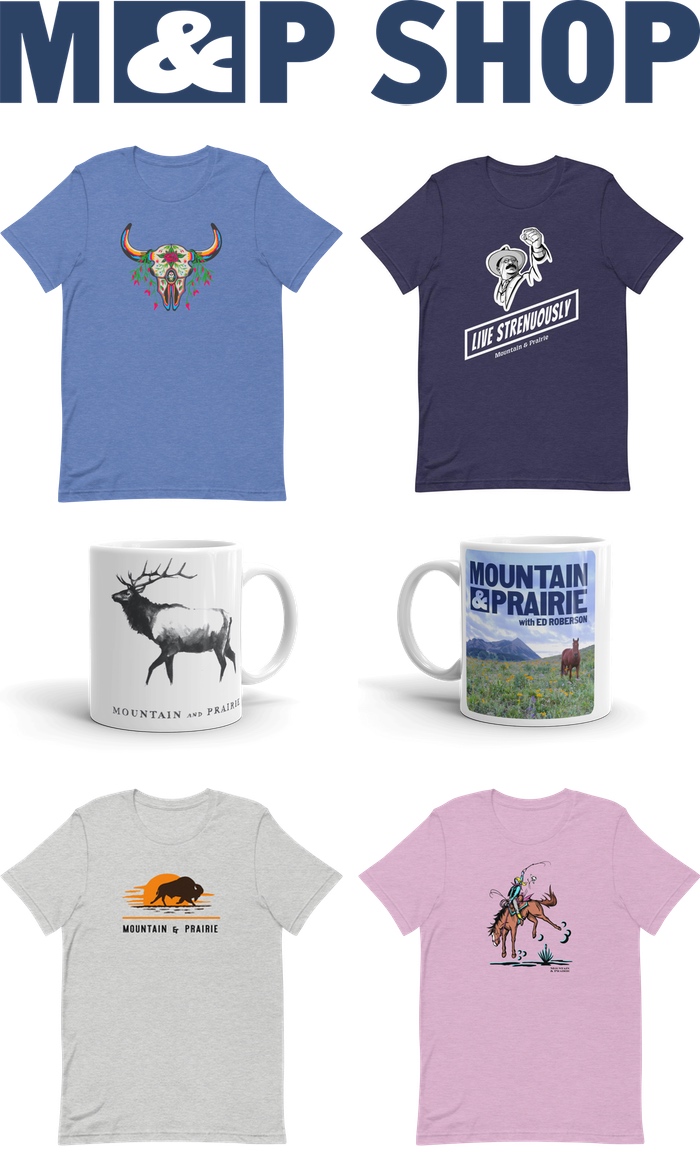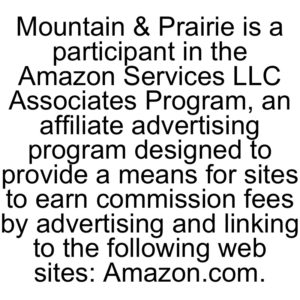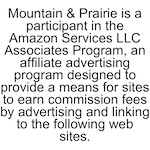The Devil’s Rope
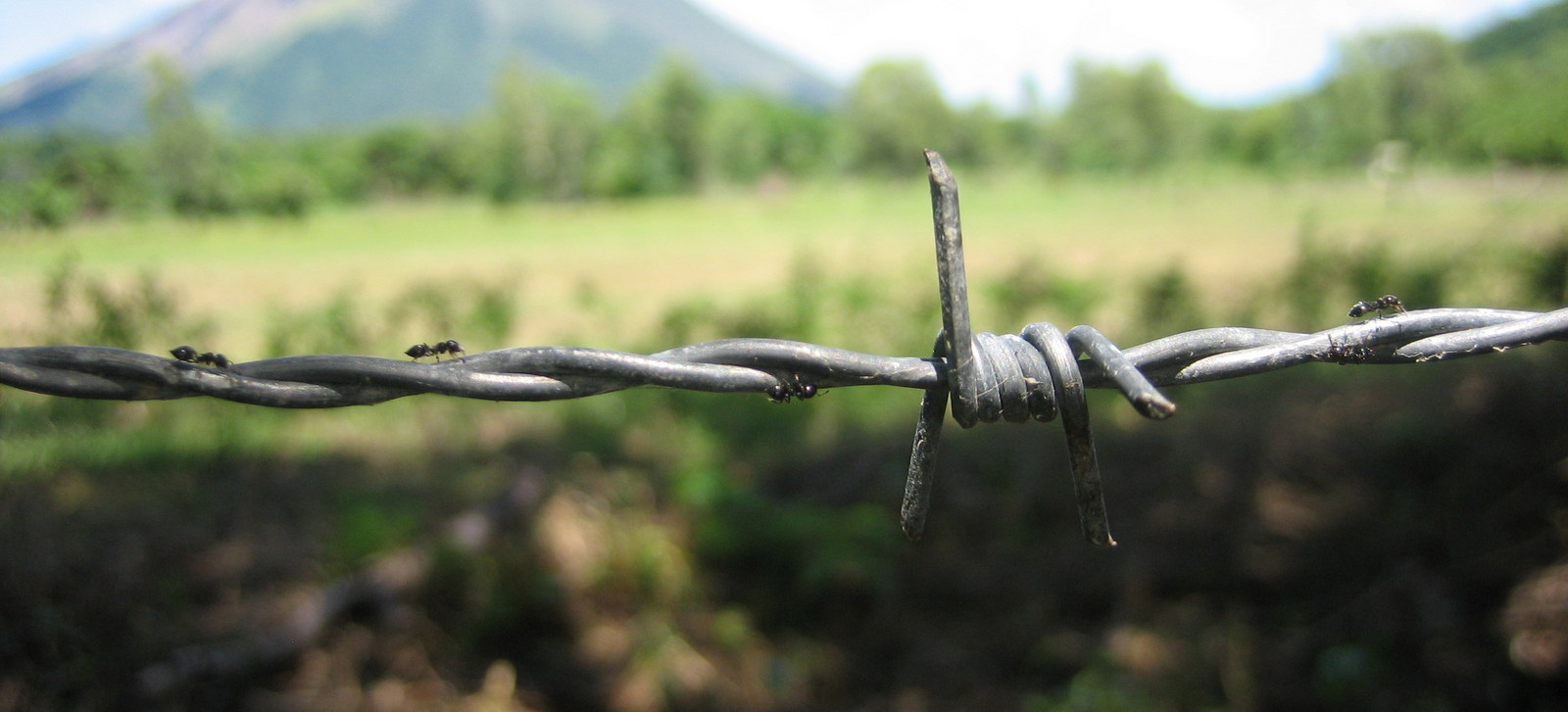
Given the amount of time I spend driving around the West, I listen to a ton of podcasts. I have a hard time paying attention to books on tape, I get bored with most of my music, and radio programing out in the middle of nowhere can be iffy and/or downright weird. Podcasts are the perfect solution, as they provide an almost unlimited selection of topics, stories, or interviewers, and I can upload multiple hours on my phone prior to a road trip.
A friend told me to check out the 99% Invisible podcast, specifically Episode 157: Devil’s Rope. The 23 minute episode gives a brief overview of the history of barbed wire– from it’s invention in the 1870s to its proliferation across the American West. I’ve written before about my fascination with barbed wire and how its impact on the settlement of the West is completely under appreciated by the general public. If you want to learn a little more about this fascinating subject, but don’t want to read a full book about it (that’s understandable), click the link below, download the episode, and enjoy!
99% Invisible – Devil’s Rope
or listen here:
—
Who Owns the Mineral Rights?
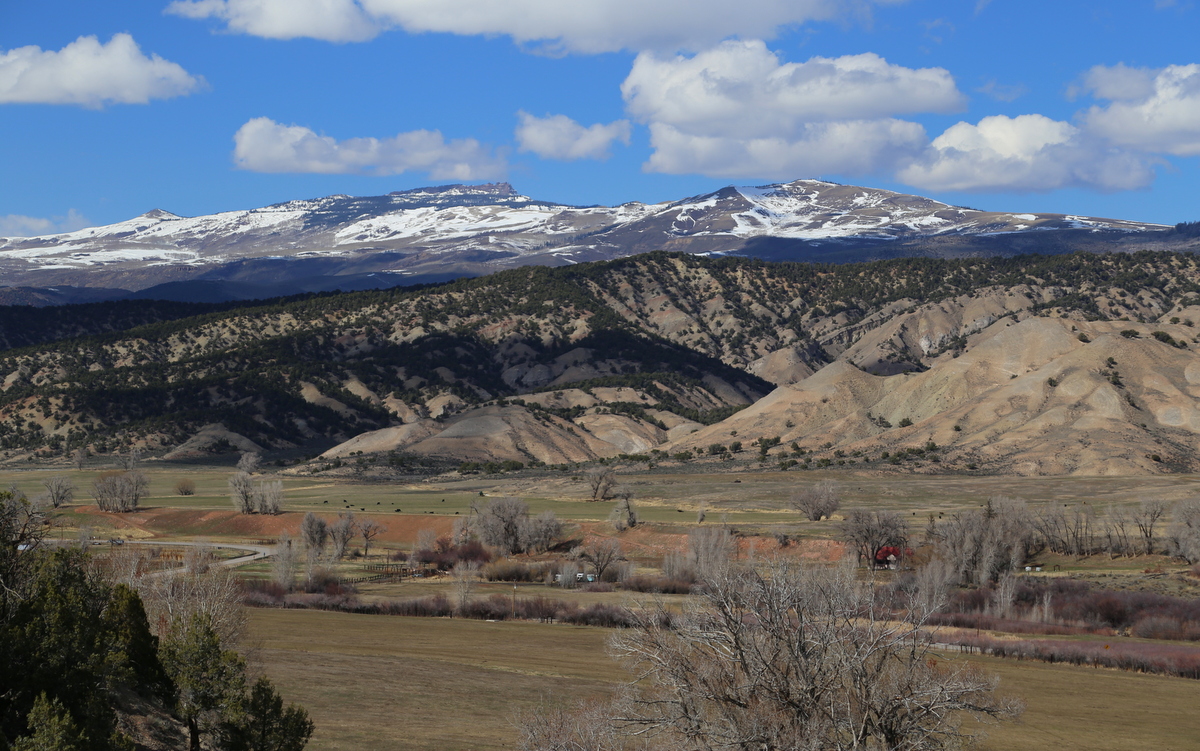
Today’s post on the Mirr Ranch Group blog addresses another common question regarding Rocky Mountain Ranches: Who owns the mineral rights? Determining mineral rights ownership can be a surprisingly complicated process, but there are several methods landowners and buyers can use to fully understand a property’s minerals. Click below for the full article:
Who Owns the Mineral Rights?
From the MRG Blog – Should I Survey My Ranch?

My latest post over on the Mirr Ranch Group blog answer one of the more common questions I receive: Should I Survey My Ranch?
Given the amazing advances in mapping technology and satellite imagery, surveys are not always a vital part of the due diligence process, as they once were. With the help of ArcGIS or similar mapping software, we are able to identify potential encroachments and determine whether or not a survey – and its tens of thousands of dollars price tag – is needed. For the full post, follow the link:
Should I Survey My Ranch?
Upper Arkansas Valley To-Do List
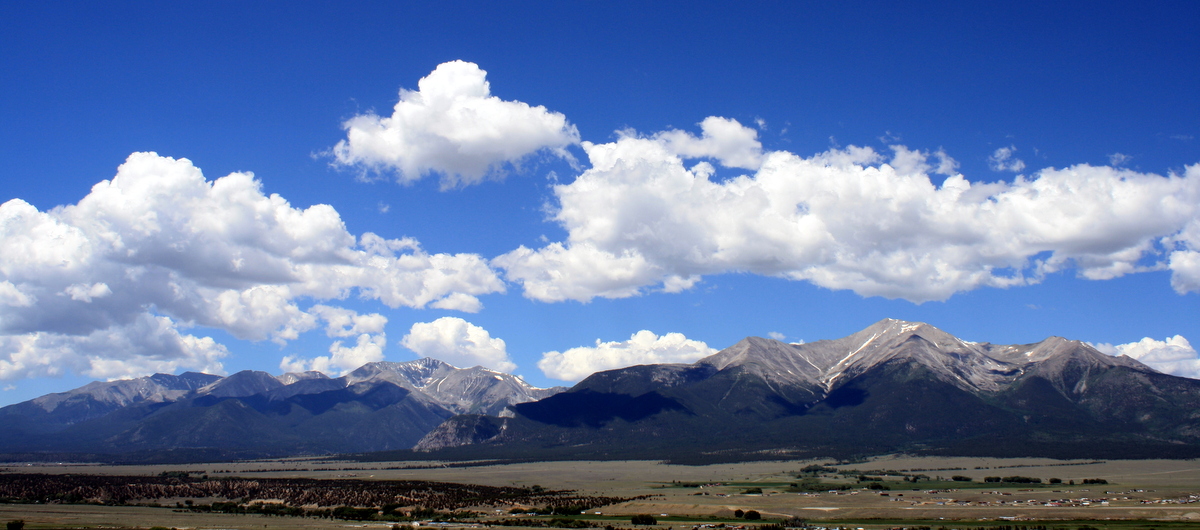
Head over the the Mountain Khakis blog to read my latest post: Upper Arkansas Valley To-Do List. If you’ve followed my writing for long, you know I love spending time in this 60+ mile valley that stretches from Leadville down to Salida. The valley has it all – hiking, biking, camping, fishing, paddling, climbing, and running. Has it all EXCEPT a major ski resort, which is one of the reasons it is still rather low-key and uncrowded.
In this blog post, I hit a few of the high points of interesting things to do if you’re in the area. For other information check our some of my previous posts here and here. You can also always contact me for other suggestions. I’ve been visiting the valley for over 20 years now, and love to point people in the right direction.
Upper Arkansas Valley To-Do List
—–
Conservation Success Story – The Snodgrass Trailhead
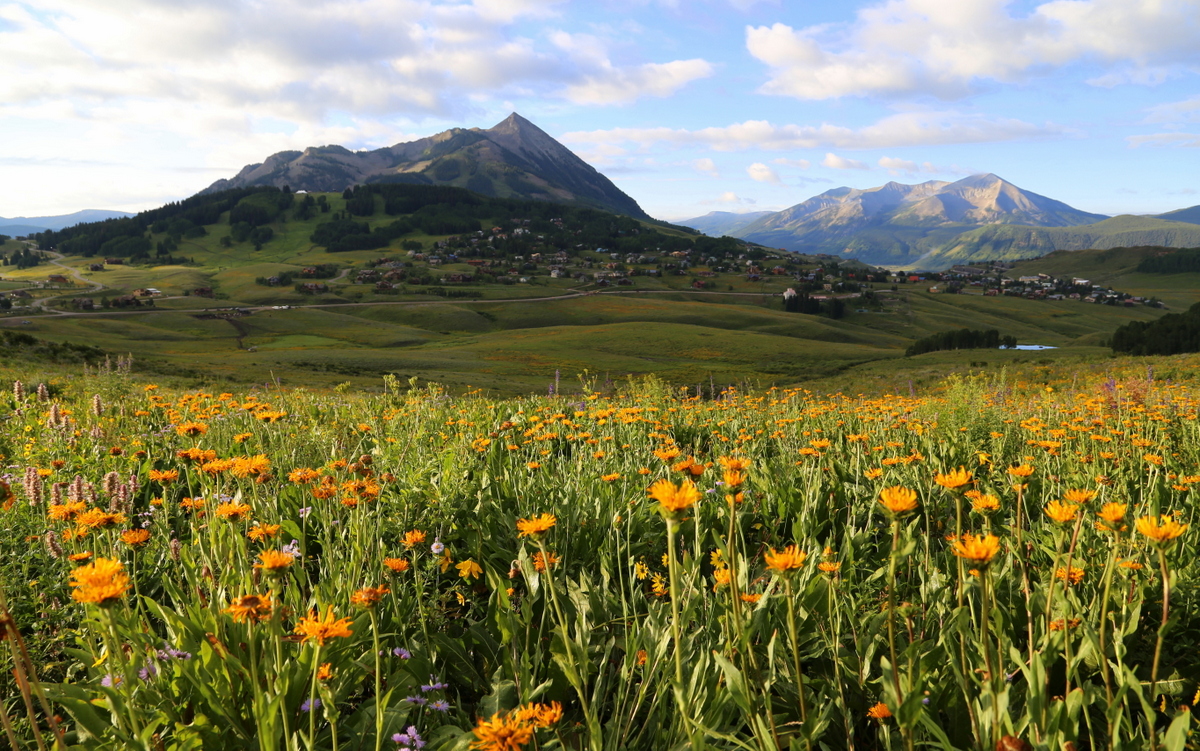
Congrats to Crested Butte Land Trust for their recent purchase of the Snodgrass Trailhead (the northern 101 acres of my Promontory Ranch listing), which will permanently protect important wetlands, wildlife habitat, and a popular community trail. This acquisition is a perfect example of how businesses, individual donors, government entities, and non-profits can work together to conserve some of Colorado’s most important landscapes!
For more details, head over to either the Mirr Ranch Group website or the Crested Butte Land Trust website.
Hardscrabble Press Release
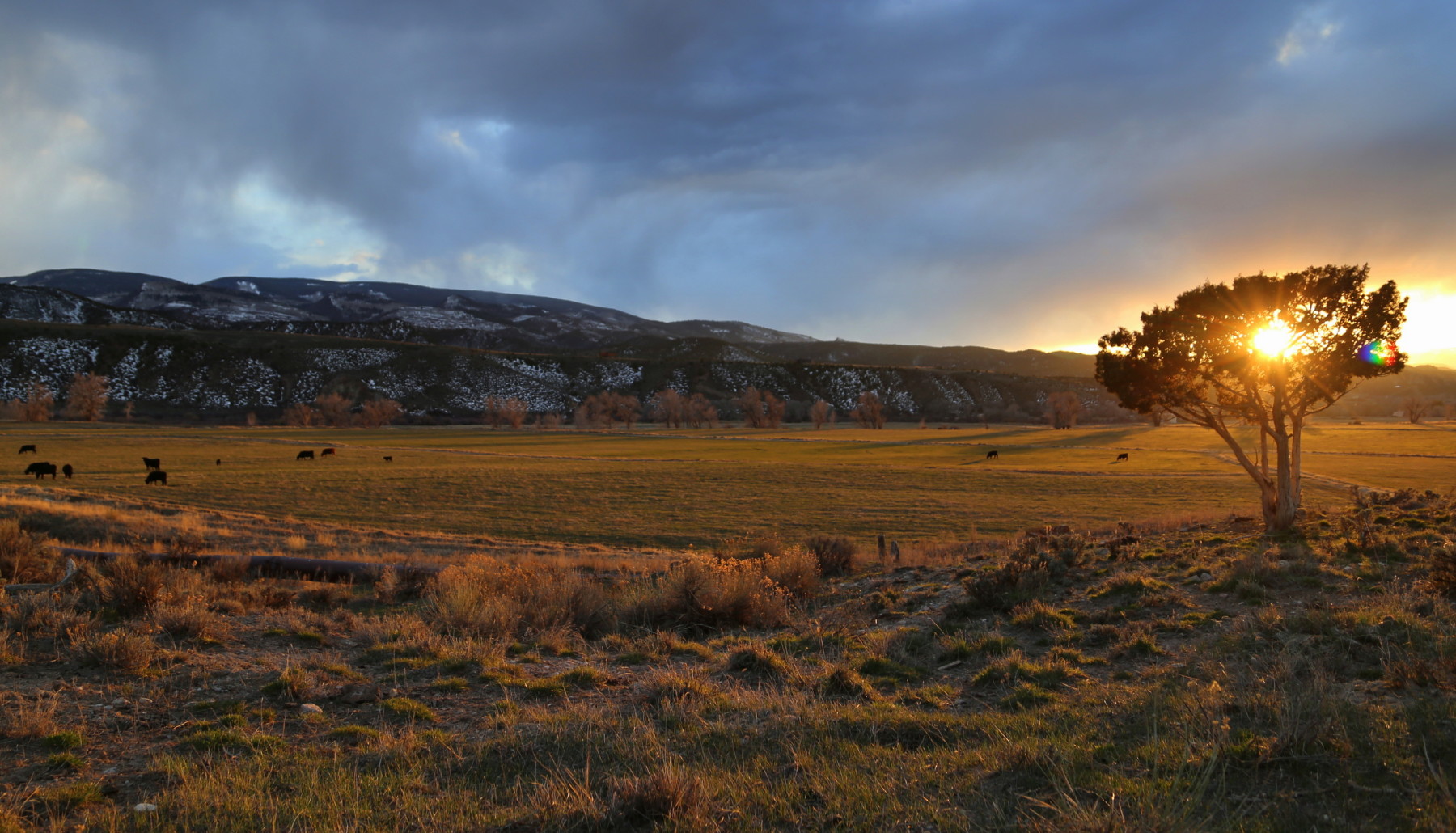
We just issued a press release regarding our new listing, the 1,516-acre Hardscrabble Mountain Ranch located just south of Eagle, Colorado. There’s a great quote from Jim Daus, the Executive Director of the Eagle Valley Land Trust, about the ranch’s conservation potential.
Click the link below to read more:
One of the Vail Valley’s Last Undivided Ranches Comes to Market
Hardscrabble Mountain Ranch
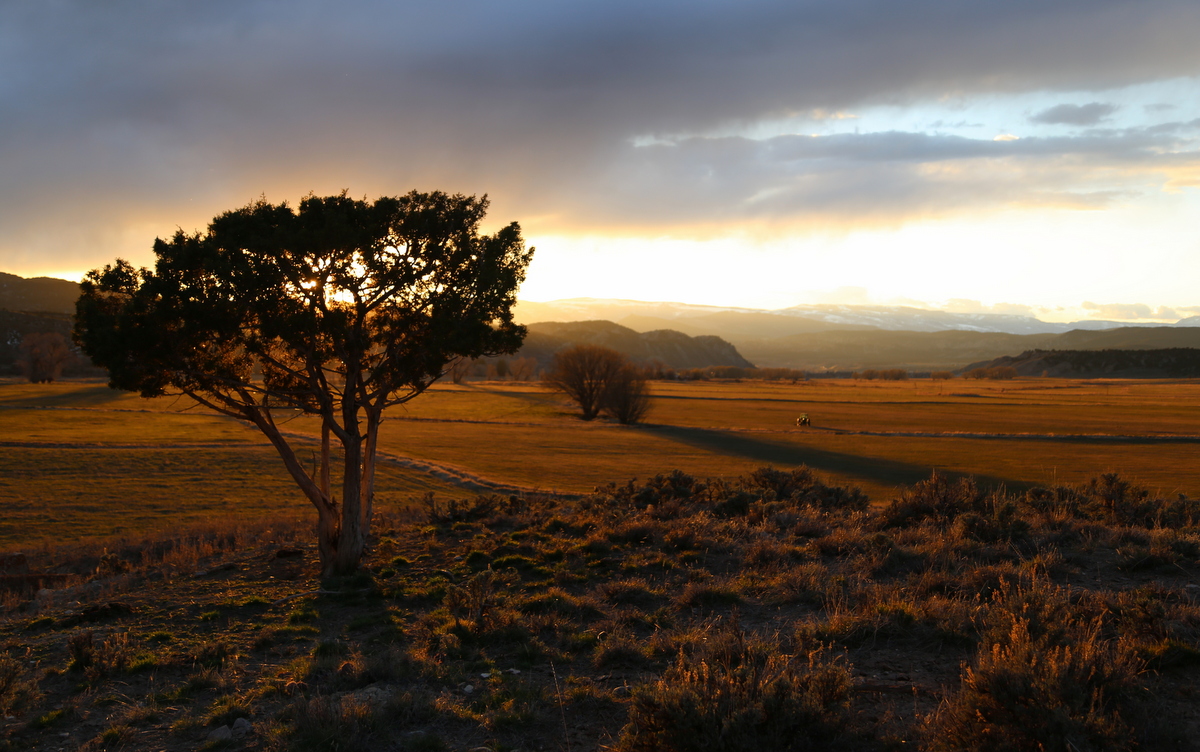
I’m very excited to announce my newest listing, the 1,516-acre Hardscrabble Mountain Ranch located just south of Eagle, Colorado. It truly is a one-of-a-kind property: 2.5 miles of private fishing, trophy hunting, hay production, and adjoining BLM land, all located 7 miles from the Eagle County Airport and a short distance from Vail and Beaver Creek.
Head over to the Mirr Ranch Group website for all the details:
Hardscrabble Mountain Ranch
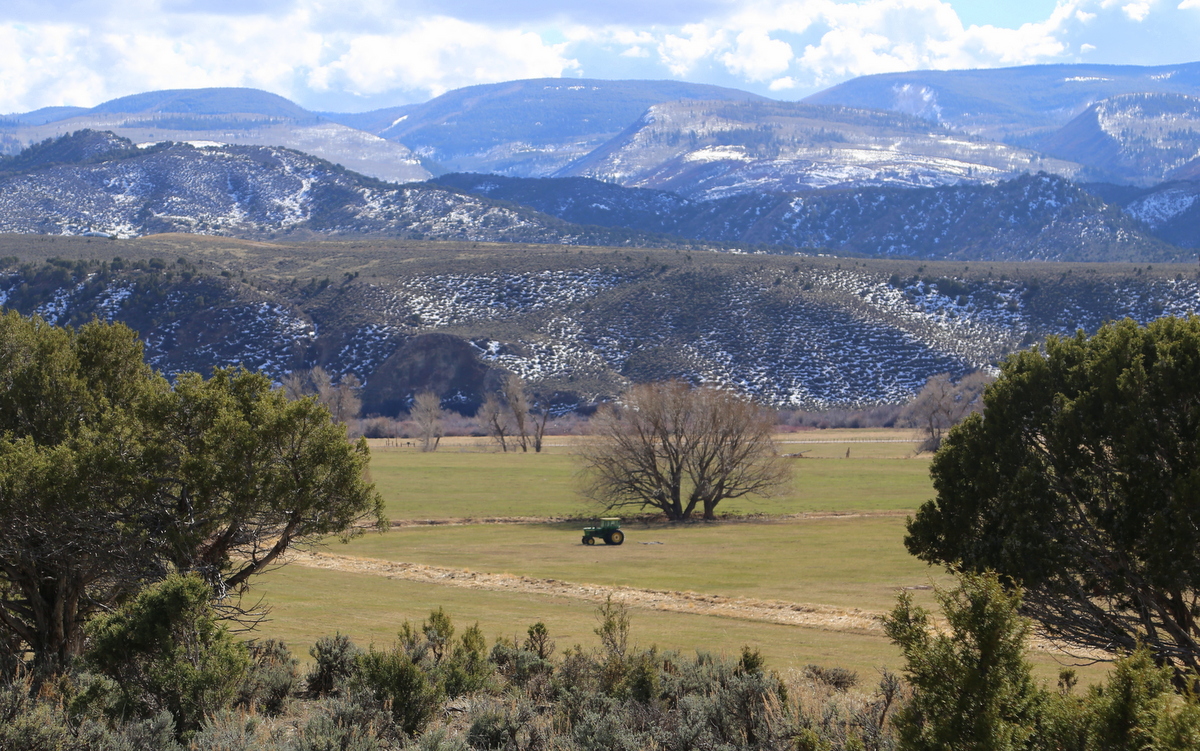
Leases on Ranches – A Brief Overview
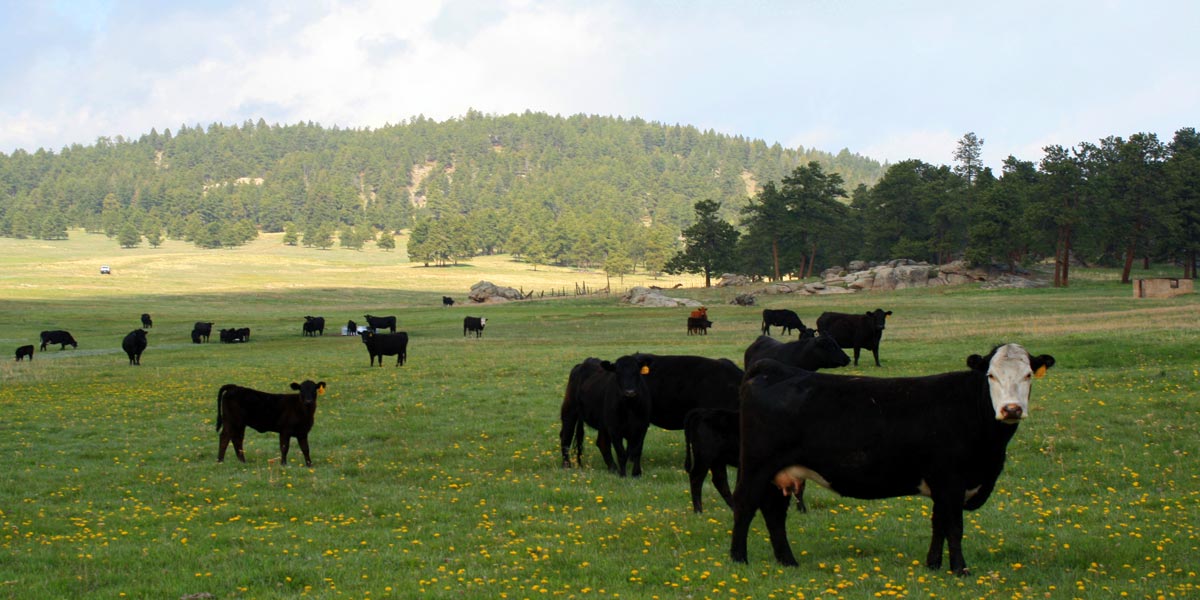
My new post on the Mirr Ranch Group blog is a high-level overview of some of the common ways that leases can be used to either generate revenue or increase a ranch’s capacity. Click below to check it out:
An Overview of Leases on Ranches for Sale
Front Range Wildlife Haven
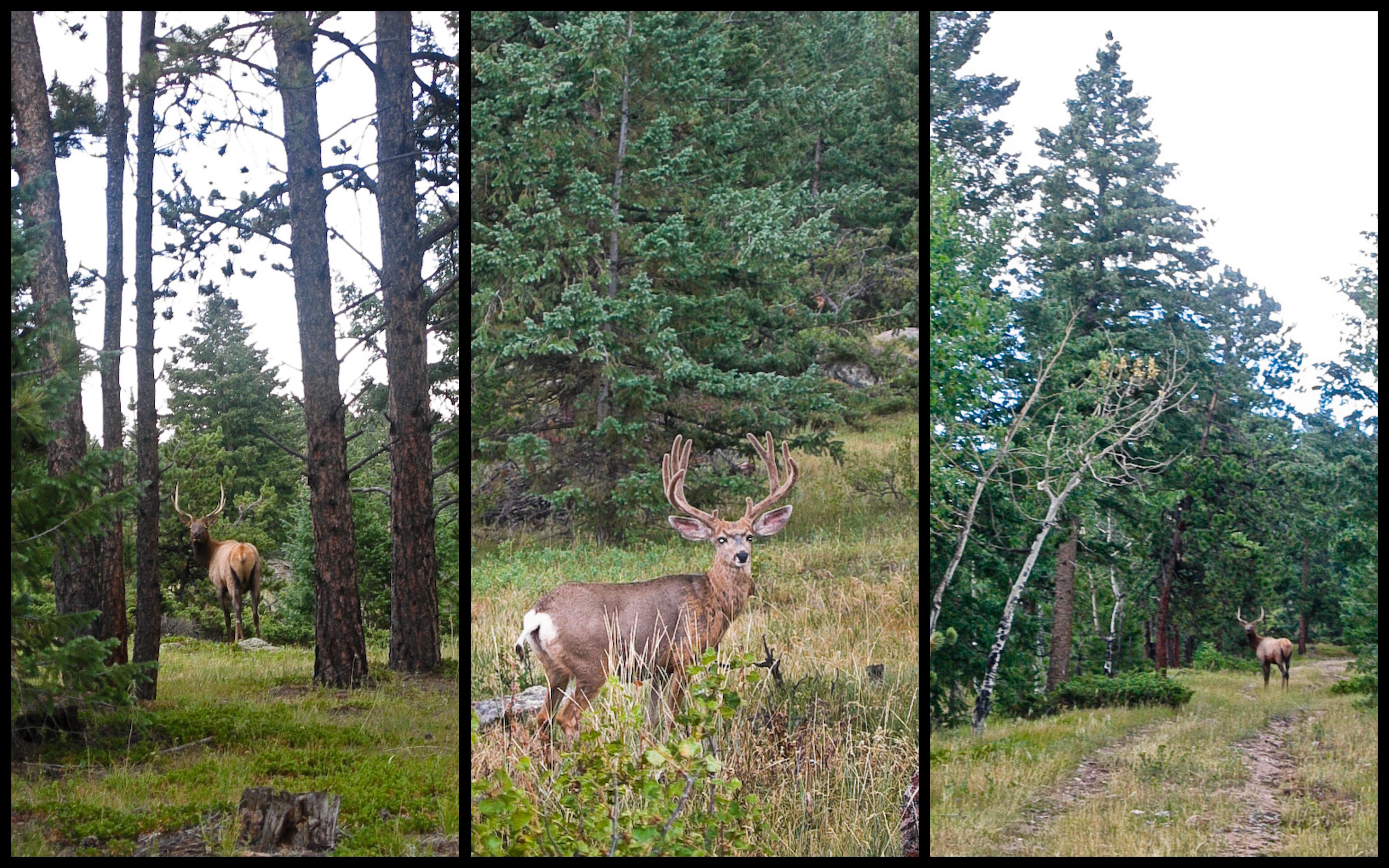
As the population of the Denver metro area continues to grow and development sprawls out further into the mountains and plains, large, unbroken ranches are becoming few and far between. Centaur Meadows Ranch, which is positioned directly in the “path of progress” between Evergreen and Conifer, is one of those few remaining large, unspoiled tracts of land.
As houses, roads, traffic, people, and commercial development has become more and more common in the foothills, the elk and deer have retreated to Centaur Meadows as a safe place to graze in the lush meadows or bed down in the dense forests. Head over to the Mirr Ranch Group blog to read more about Centaur Meadows and its role as a haven for area elk and deer:
Centaur Meadows Ranch – A Wildlife Sanctuary
American West Reading Recommendations

My newest blog post over on at the Mountain Khakis site is a list of eight books (and one film) that I recommend to anyone who loves the American West. I’m always asking people for book recommendations, so hopefully this list will help to point interested readers toward some new titles. I’ve covered a few of these books before on this blog, but most of these are so good that they deserved a second mention. Enjoy!
Books for the Mountain Life
Water in Colorado
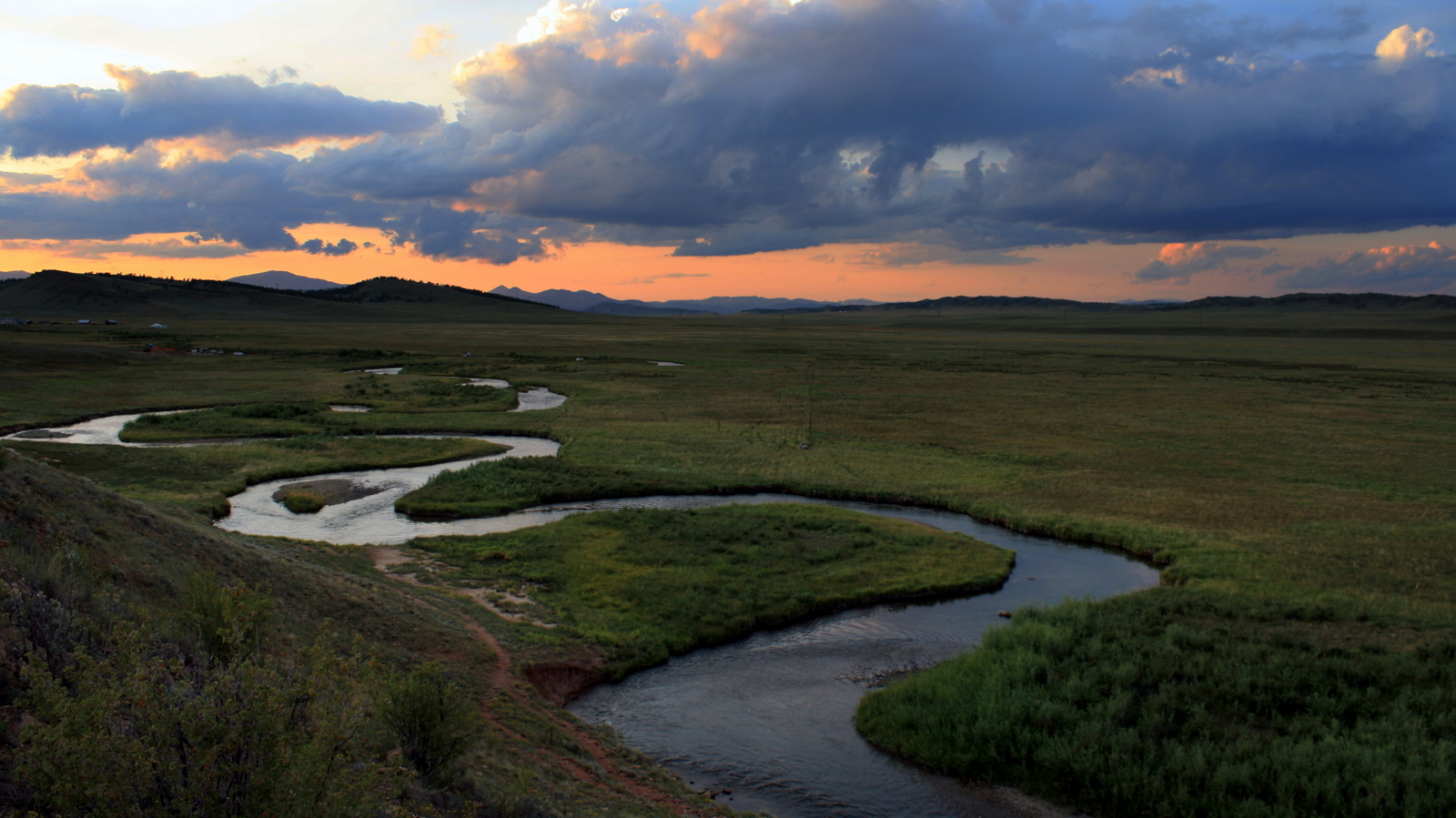
Water and water rights in the the West are an extremely complex subject that are a constant source of confusion and misunderstanding by ranch buyers (and even some landowners). In an effort to boil down some of the broad language regarding water, my most recent post on the Mirr Ranch Group blog gives a quick overview of the four fundamental classifications of water in Colorado. I also recommend two books on Colorado water and water rights that are very dense and detailed, yet written for non-attorneys and therefore relatively easy to read.
Water on Colorado Ranches – Four Basic Definitions
TR’s Elkhorn Ranch
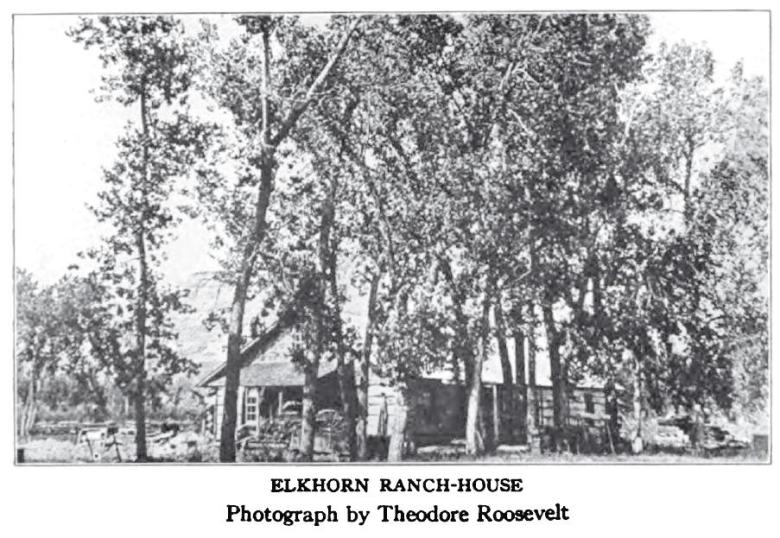
On this week’s CBS Sunday Morning show, there was a great feature on Theodore Roosevelt’s Elkhorn Ranch that was located in the Badlands of South Dakota. The six and a half minute video gives an excellent overview of TR’s time in the West and how those formative experiences helped to shape the remainder of his fascinating life.
As discussed in previous blog posts (here and here), if you want to learn more about TR’s time as a Badland’s ranchman, I recommend both Theodore Roosevelt in the Badlands by Silvestro or the autobiographical Hunting Trips of a Ranchman by the man himself.
WSJ Article: Grazing is Good for the Planet
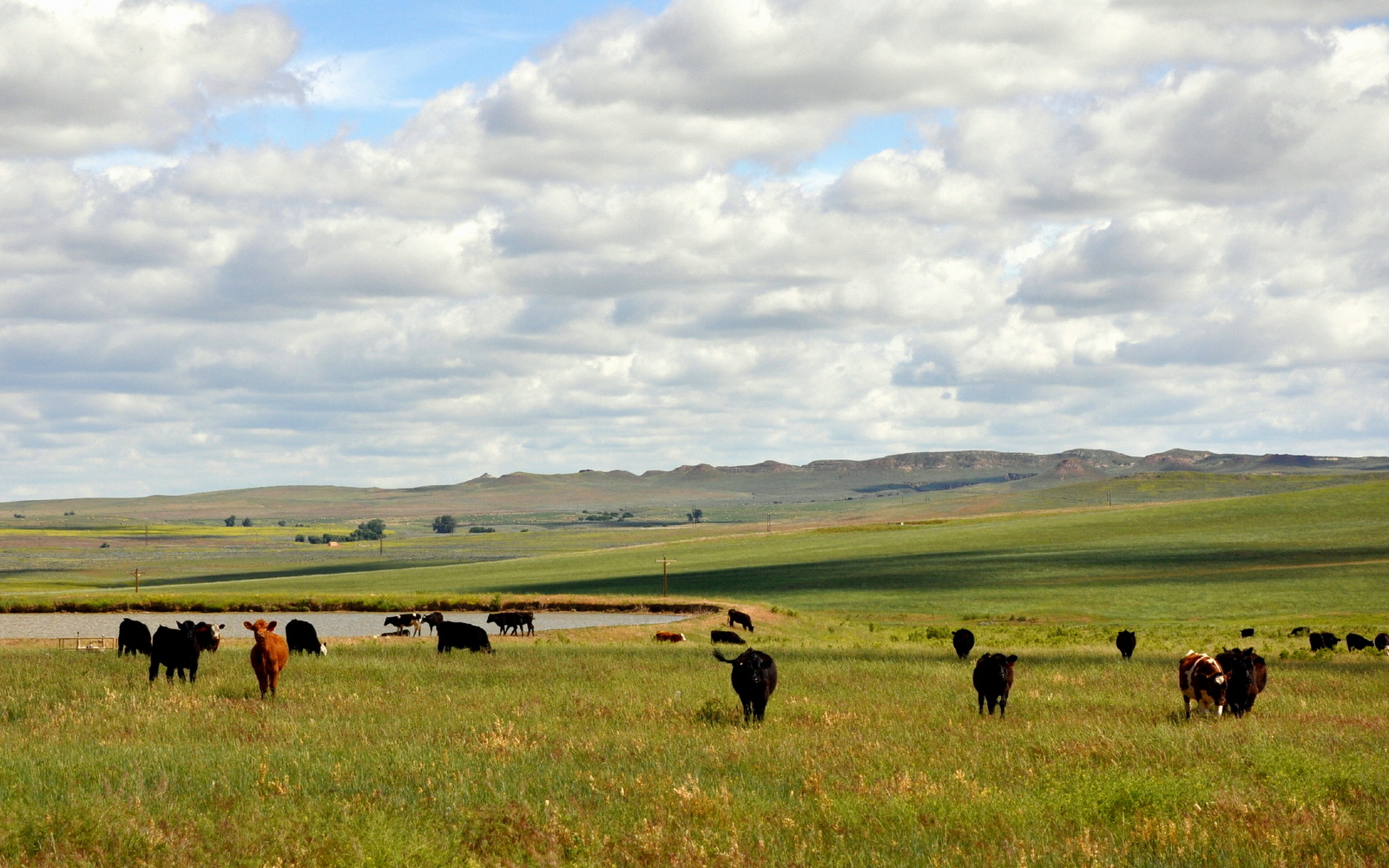
This past Saturday’s Wall Street Journal contained an interesting essay entitled “Actually, Raising Beef is Good for the Planet,” which reinforces of the point that I continue to hammer over and over on this blog and others: Grazing livestock, when planned responsibly and executed properly, is the most effective way to conserve and preserve the shortgrass prairie ecosystem.
The essay, written by a formal environmental attorney, hits on a wide array of issues beyond grassland preservation including greenhouse gasses, water usage, and world hunger, and it also presents a number of statistics that stand in stark contrast to the run of the mill facts and figures commonly referenced by the anti-beef contingency.
There have been dozens, if not hundreds, of books written on each issue she discusses in this essay, and, like any complex problem, the solution will not be found a brief eleven-paragraph essay. However, I am glad to see the national media shining a spotlight on grazing and the positive effects that livestock and ranching can have on the environment.
A very interesting article and well worth the five minutes it will take to read:
Actually, Raising Beef is Good for the Planet
Explorers – The Foundation of the American West
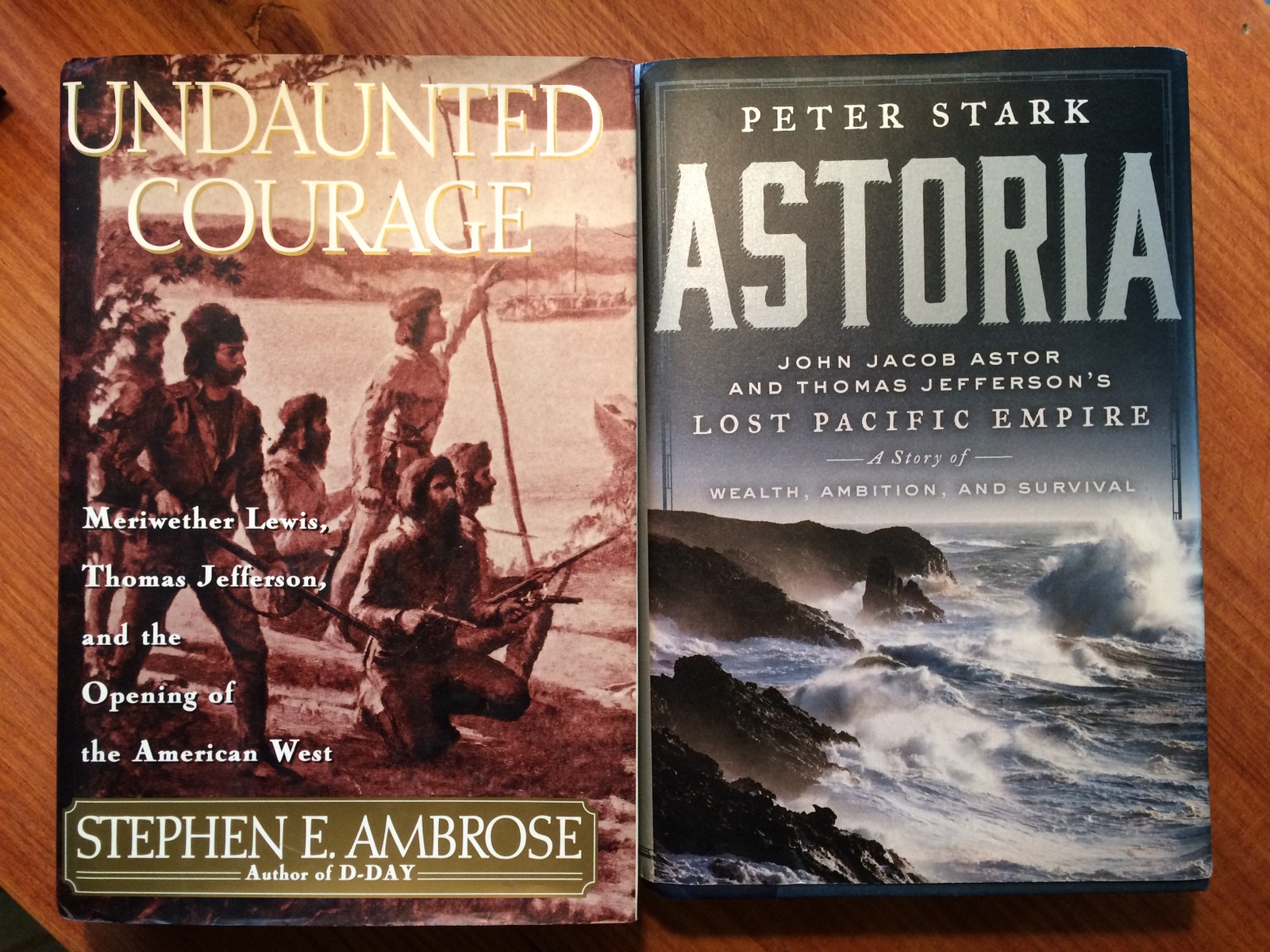
Two book recommendations about the golden era of American West exploration: Undaunted Courage by Stephen Ambrose and Astoria by Peter Stark
For the past few years, the majority of my U.S. history reading has centered around the American West during the “taming of the West” time period from roughly the 1850s until the early 1900s. While that era of cowboys, ranchers, miners, hunters, and robber barons is immensely fascinating, I’ve found that in order to fully appreciate the settlement of the West, I needed to understand more about the people who were the first to venture beyond the Mississippi and into the unknown. These explorers cleared the path and built the foundation that allowed for the eventual settlement of the western half of North America. Without them, there would‘ve likely been far fewer American cowboys, no transcontinental railroads, and, sadly, no modern day Denver Broncos.
——
Years ago when I lived in Wyoming and did a lot of ranch brokerage work in Montana, my interest in Lewis and Clark was piqued by the ridiculous number of “Lewis & Clark Were Here” signs plastered all over seemingly every highway junction in the western half of the state. I guess the signs worked, because soon thereafter I plowed through Undaunted Courage by Stephen Ambrose, a book I received as a high school graduation gift but had never read.
The book is chock-full of detailed information and should be mandatory reading for anyone who considers themselves to be an American West history buff. In just 474 pages, it gave me a solid grasp of the explorers’ transcontinental adventure, their relationship with Thomas Jefferson, and the myth of a navigable waterway that connected the Atlantic and Pacific Oceans, not to mention an embarrassingly overdue understanding of exactly who in the hell Sacagawea was. It was particularly interesting to learn about Jefferson’s political, scientific, and commerce-minded motivations, and how they served as the initial forceful push that started the momentum that led to the West’s “taming” only a century later.
If you haven’t yet read Undaunted Courage, I highly recommend that you do so immediately. Although dense and at times difficult to push through some of the more detailed sections, the book will give you a base level of knowledge about the American West that will make all subsequent reading more interesting and meaningful.
——
After Lewis and Clark successfully cleared a path through the wilderness, John J. Astor did what any good American businessman would do – he tried to figure out a way to make money off of it. His exploits, which included the first strictly commercial transcontinental expedition, is detailed in Peter Stark’s immensely entertaining Astoria – John Jacob Astor and Thomas Jefferson’s Lost Pacific Empire.
I learned of this book earlier this year, when I read a review in the Wall Street Journal one Saturday morning. I knew nothing about the story, but realized that I needed to, so I went immediately to Boulder Bookstore, bought a copy, and completed it by Sunday afternoon. Like Undaunted Courage, it’s full of classic explorer anecdotes – starving men being forced eat their horses and/or shoes, life and death encounters with Native Americans, trudging through snow in the dead of winter, and generally being infinitely more brave and tough than 99.9999% of modern day Americans.
Astor, a completely self-made, financially successful entrepreneur, had a grand scheme to set up a global trade network linking North America, the Far East, and Europe using a combination of overland trade routes and transcontinental ship voyages. As part of his plan, he would establish American colonies along the Pacific Northwest coast to serve as trading posts, ports, and eventually military outposts, hence the support from Jefferson and US government. The plan was absurdly bold, and, as you would expect in any good adventure book, its execution was rife with attacks, deaths, fights, and, once again, starving people who had no choice but to eat their shoes.
The book is so well written that it almost reads like fiction, but is also jam-packed with information and data, which is exactly what I look for in my history readings. I particularly enjoyed Stark’s accounts of the explorers’ experiences trekking through Jackson Hole and the coastal regions of the Pacific Northwest, as I’ve spent extensive time in both areas (lived in Jackson and did a semester of NOLS in the Pacific Northwest). I also appreciated Stark’s descriptions of just how damn tough, both mentally and physically, all of these explorers were. I consider myself fairly tough by 21st century standards, but I wouldn’t have lasted more than a few days on any of the expeditions described in this book.
Astoria is the perfect book for the reader who enjoys history and wants to learn, but is also looking to be entertained by an easy-to-read adventure story. I’m not a fast reader at all, but I finished this one in a day and a half, which I thought was a testament to Stark’s engaging style.
GOCO Approves Promontory Ranch Funding
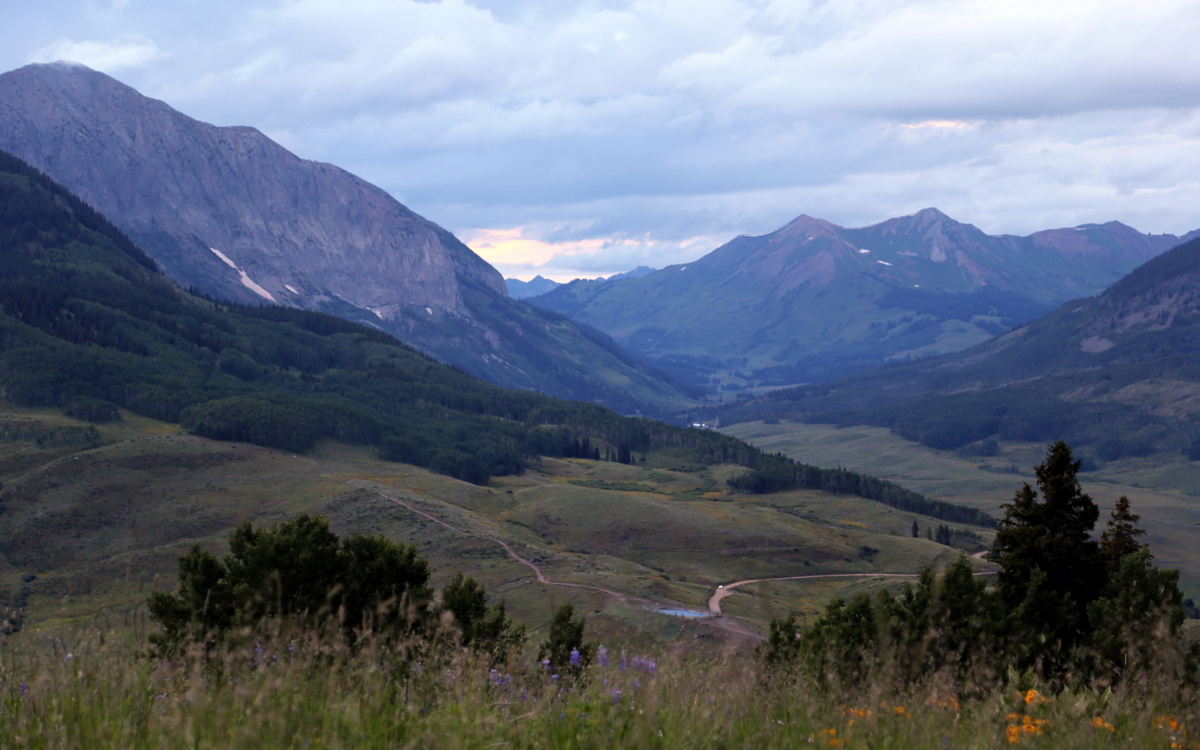
Earlier this week, Great Outdoors Colorado (“GOCO”) officially approved funding that will help Crested Butte Land Trust purchase the northern portion of Promontory Ranch. With this purchase, set to close in mid-January, Crested Butte Land Trust will be preserving a 108-acre parcel that is has significance not just for wildlife and scenic views, but also for the local community that uses it for hiking, mountain biking, and backcountry skiing on Snodgrass Mountain. Crested Butte Land Trust’s tireless fundraising efforts and creative thinking have created one of those rare situations that is a win-win-win for conservation, the local community, and the local government.
To learn more about it, and to read a recent Denver Post article about the funding, head over the Mirr Ranch Group blog:
Promontory Ranch Receives GOCO Funding
To learn more about Crested Butte Land Trust, their efforts to conserve this land, and the remaining funds needed, head over to their Saving the Snodgrass Trailhead webpage.
Bayou Salado – The History of South Park
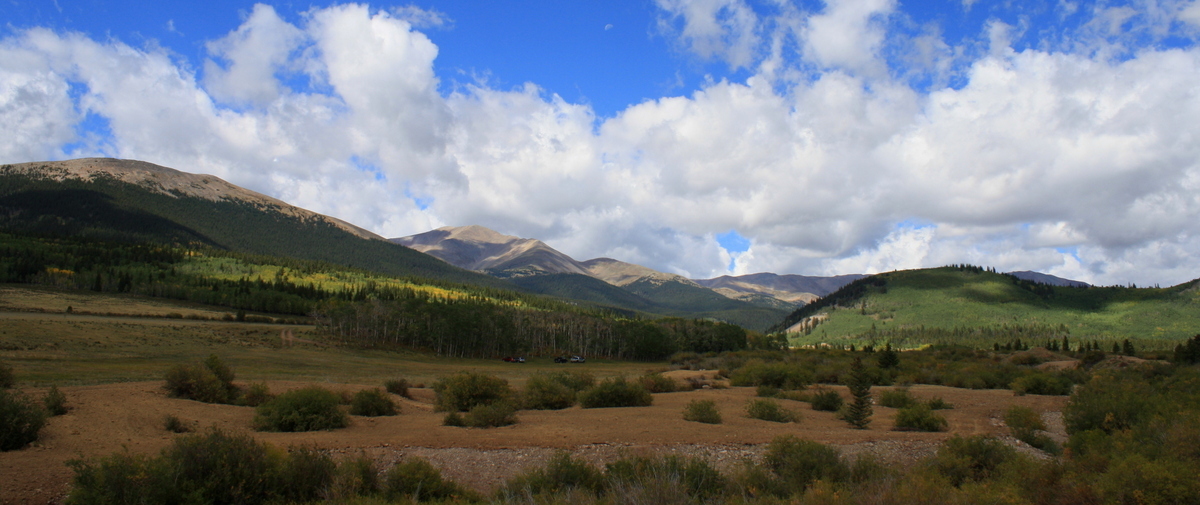
Back in 1995, I was sent to Colorado with a number of my high school classmates for a leadership retreat that took place at a camp located just west of Buena Vista. Despite my obsession with camping, climbing, fly fishing, and mountains, this was the first time I’d ever ventured into the Rockies, the “real mountains.”
After landing in Colorado Springs, the retreat leaders picked us up and drove west along Highway 24 – Pikes Peak to the south, up and over Wilkerson Pass, and down into South Park. That wide-open basin – expansive grasslands surrounded by 14,000-foot snowcapped peaks – was my first real taste of The West. I’d never seen anything like it and had no context to compare it to other valleys or mountain ranges, but I knew it was a special place.
If someone had told me back in ’95, that 19 years later I’d be spending a huge portion of my time exploring, studying, and photographing South Park as part of my job as a ranch broker, my first response would’ve been “A ranch broker is a real job?,” followed by “That sounds too good to be true… Who the hell are you, anyway? Leave me alone please.”
——
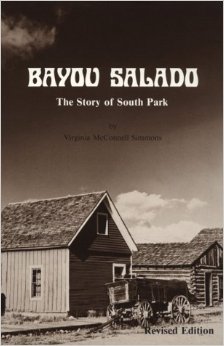 Now that you have the back-story on my almost-20-year fascination with South Park, you’ll understand why I picked up a copy of Bayou Salado, Virginia McConnell Simmons’ definitive history of the region. The book, written in 1966, details the history of the high altitude basin from the days before white men arrived, to Simmons’ present day when the area was just beginning to feel the early effects of development pressure encroaching from the Front Range.
Now that you have the back-story on my almost-20-year fascination with South Park, you’ll understand why I picked up a copy of Bayou Salado, Virginia McConnell Simmons’ definitive history of the region. The book, written in 1966, details the history of the high altitude basin from the days before white men arrived, to Simmons’ present day when the area was just beginning to feel the early effects of development pressure encroaching from the Front Range.
Although the book at times reads like a laundry list of specific names of homesteaders, miners, and other characters, the overall information and themes of the book are fascinating. It is tempting for me to try and recount all of interesting anecdotes from the book, but that would be a huge waste of your time – Simmons does a (sometimes overly) thorough job of detailing everything from battles between the Utes and Comanches to the massive influx of miners in 1859 to the sprawling 100,000 acre ranch owned by Sam Hartsel in and around the town that now bears his name.
But here are a very few of the many tidbits from the book, just to whet your appetite:
- When Spaniards first visited South Park in the early 1800s, they named the area Valle Salado – Salt Valley – because of the salt springs located on the western side of the basin. French trappers and explorer called it Bayou Salade – Salt Marshes. American Mountain men combined the two names and called it Bayou Salado. Still sounds a little too French for my taste, but we’ll go with it.
- In the 1840s hunters began calling the area South Park, along with the other huge Colorado valleys of Middle Park and North Park. The word “Park” comes from the French word parc, which means “game preserve.”
- South Park has always attracted rugged individuals seeking their fortune – first beaver trappers, followed by gold miners, silver miners, back to gold miners, salt miners, and finally ranchers. If Ms. Simmons were around today, it would be interesting to hear her take on the current iteration of fortune seekers – individuals, funds, and Front Range municipalities that are buying up South Park’s water at an alarming rate.
- Even in the early days, South Park could be a rough and tumble kind of place. In 1880, a Fairplay saloonkeeper shot and killed a young man out of anger (and probably drunkenness). The saloonkeeper was found guilty of manslaughter, not murder, which did not sit well with some of the Fairplay locals. So, the angry gang of locals cruised down to the town jail, beat up the guards, and dragged ol’ barkeep out of his cell. He was promptly escorted to the town square and up to the second story of the Courthouse. After fitting him with a well-tied noose, the mob simply threw him out of the window. A classic South Park “necktie party.” The crazy part is that the courthouse is still there (pictured below) and is now the Fairplay library.
- The local Methodist minster, Father John Dyer, was also the South Park mailman and would carry mail, even in the dead of winter, up and over 13,185-foot Mosquito Pass. He wore 10-foot long wooden skis to traverse the high altitude pass, crossing back and forth between South Park and Leadville mining camps. No matter how many mountains I climb or 100 mile runs I complete, stories like this that make me feel like a complete softy and wimp.
- Mount Silverheels, the 13,829-foot mountain that looms over Red Hill Ranch, was named for a beautiful “dancer” who went by the name Silver Heels and worked some of the saloons and dancehalls around South Park mining camps. According to legend, she contracted small pox and ruined her looks, so the local miners named the mountain for her. (I’d love to know the real story behind the quote “Her fame and popularity as a dancer became unmatched.” Sorry Mrs. Simmons, you’re not fooling anyone with your “dancer” code word.)
The book is a perfect combination of crazy anecdotes and interesting historical facts, and it’s well written enough for easy and quick reading. In the few parts where the story bogs down with too many details, the reader can skim along until it picks back up. For anyone interested in South Park or its history, I highly recommend spending a few days with Bayou Salado.
Promontory Ranch Press Release
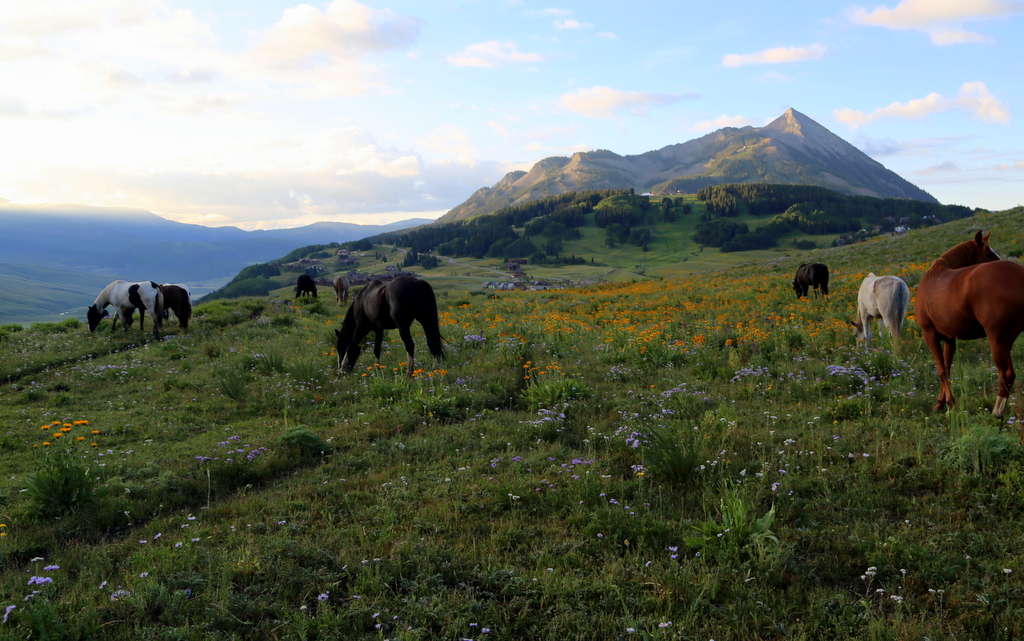
2014 has been a very busy year for Rocky Mountain ski resorts, with Park City, Durango Mountain Resort, Solitude, and Snowbird all changing ownership. Click though to the press release below to see how Crested Butte, with the help of Mirr Ranch Group, is working to benifit from this surge in activity:
Amid Flurry of Ski Resort Sales, Crested Butte Makes Rare Offering
A Quick Guide to Four 14ers
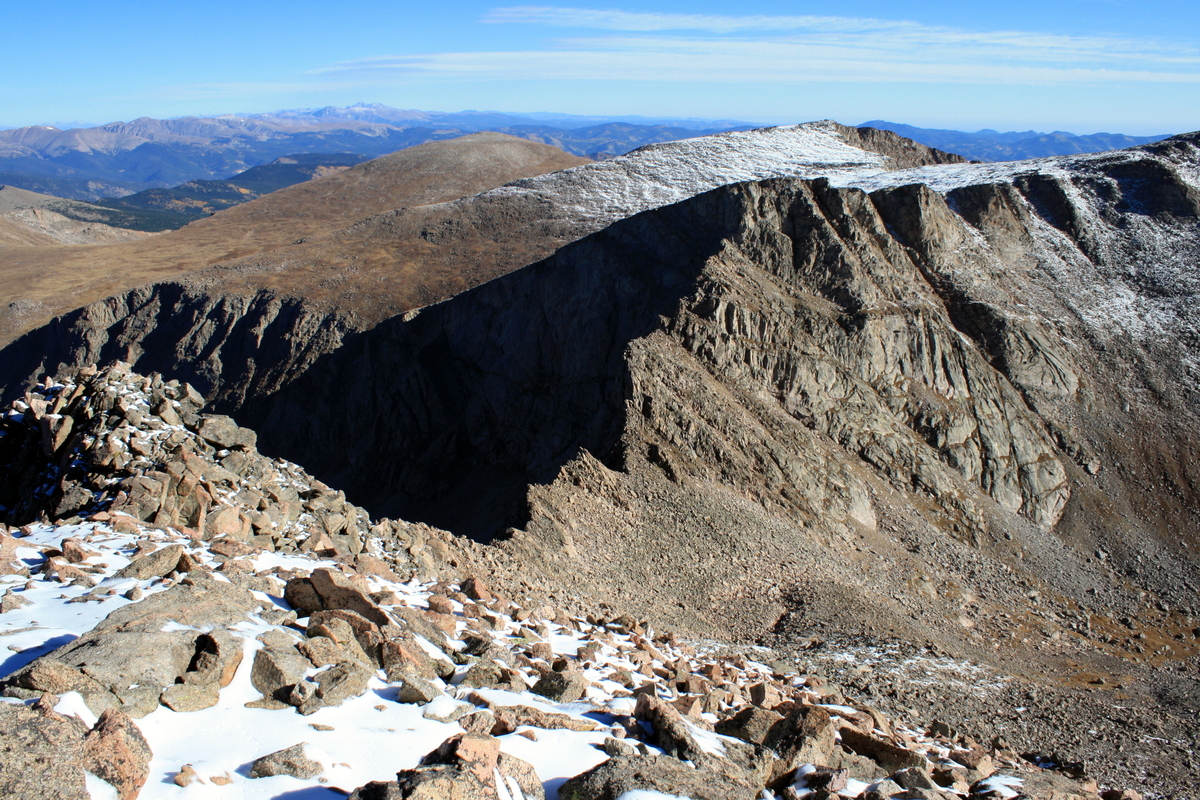
The folks over at Mountain Khakis just posted my newest blog, a quick overview of four recommended 14er hikes throughout Colorado.
While I think some people’s obsession with 14ers and “peakbagging” can sometimes get a little out of control, I do love the fact that Colorado has a huge selection of big mountains with varying degrees of difficulty, spread over multiple mountain ranges and a huge geographic area. In the majority of the mountainous areas of the state, you easily find a big mountain to hike/run/climb up, with routes that take anywhere from a couple of hours to multiple days. Whether you’re a complete novice or an experienced high altitude mountaineer, there will always be a handful of 14ers that offer fun and adventure. Check out the post here:
Climbing Colorado 14ers – Four Recommended Hikes
Centaur Meadows’ Rural Cluster
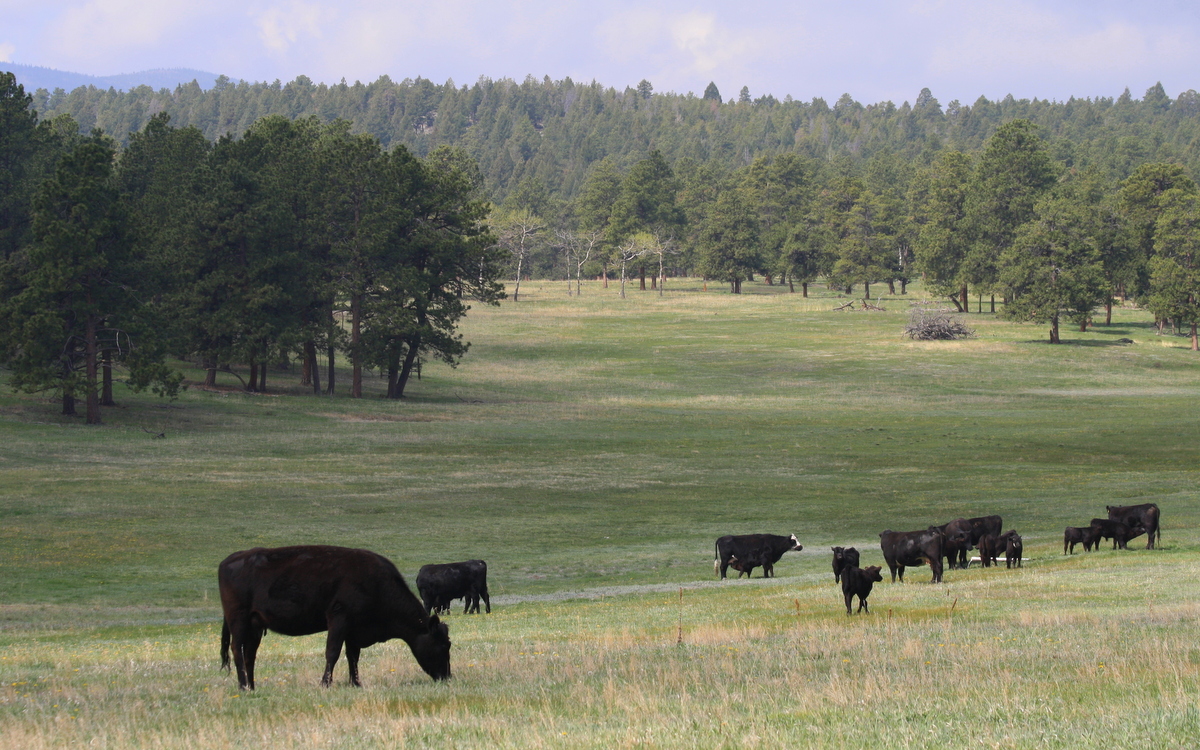
I just published a new post on the Mirr Ranch Group blog regarding the Centaur Meadows Ranch’s rural cluster plan. As explained in the post, the rural cluster creates a win-win scenario for both conservationists and developers by preserving 2/3 of the land, while allowing for increased development density on the remaining 1/3. With its newly reduced price, the ranch could be an attractive acquisition for conservationists, developers, or end users.
Centaur Meadows’ Rural Cluster Plan Explained
–
Halloween on Mt. Elbert
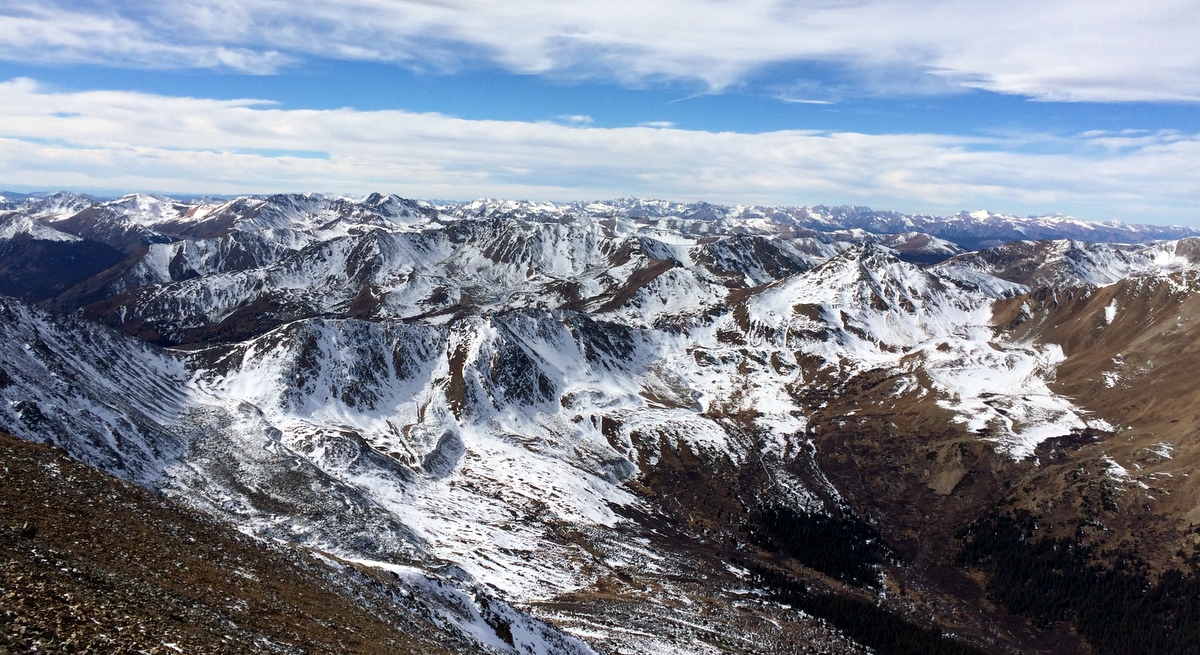
After a busy and productive week on the road that included three ranch tours and 750+ miles of driving, I decided to wrap up the trip with some much needed exercise and adventure.
After finishing my last appointment in Eagle County late afternoon on Thursday, I pointed the truck south, headed up and over Tennessee pass, then down into the Upper Arkansas River Valley, home of the Sawatch Range and fourteen 14,000-foot mountains. After stopping in Leadville to grab some dinner and a few snacks for the hike (i.e. Skittles), I made it to a nice camping spot on the bank of Halfmoon Creek just as the sun was setting behind Colorado’s highest peak, Mt Elbert. I crawled into my bag, enjoyed some pages of the very entertaining and informative Salt: A World History, then crashed hard for 10+ hours.
The next morning was cold and clear, making for perfect conditions for a quick jaunt up Mount Elbert’s northeast ridge. While there did appear to be some snow up high above timberline, the first half of the hike promised to be snow-free and fast. This particular route is straightforward and well marked, but very steep – 4,700 feet of vertical gain in the 4.5 miles from the trailhead to the summit. Other than a few short runs and one hike in Indian Peaks, this would be the first real test I’ve given my legs since my 100-miler back in mid-September.
Conditions were ideal for most of the hike, especially compared to the last time I slogged up this route in early May when I was postholing most of way to timberline. Other than a few patches here and there, the entire trail to timberline was snow-free, and I was able to cruise. Above the trees there was snow along the trail, mostly of the windblown, hardpacked, icy variety. About halfway up the ridge, the wind started picking up, and by the time I closed in on the summit it was ripping. Surprisingly, the air temperature didn’t feel all that cold, so with protection provided by my new favorite piece of gear – Patagonia Houdini Jacket – I was able to comfortably enjoy the last few hundred yards to the 14,433-foot summit.
As usual this time of year, I had the entire place to myself, not another soul to be seen anywhere on the mountain. As would be expected at the highest point in the state, the view were spectacular – snowcapped peaks of the entire Sawatch Range to south, the Gore Range to the north, the Arkansas River valley directly below to the east, and the rust colored Elk Mountains far off on the western horizon. Near the summit I also saw a short-tailed weasel, completely decked out in his winter coat – all white except for a small black tip at the end of his tail. Despite all my days high in the mountains, this was the first time I’d seen one of these guys.
Unfortunately, there was not enough snow cover to allow for glissading down, so I picked my way down through the scree and hardpacked snow, donning my Kahtoola Microspikes (highly recommended for winter hiking and running) for about a quarter mile through one of the steep icier sections. Once back below timberline, I was able to hike and run down the relatively smooth trail all the way back to my truck. After a quick bite to eat, a change of clothes, and a few phone calls and emails, I hit the road to make it home in time to greet the neighborhood trick-or-treaters.
This particular route has found its way into my regular rotation of quick and easy 14er adventures that I can easily tack on to the end of a work trip. Due to it’s steepness, the route does require a little more of a time commitment than some other easy-access 14ers (Quandary, Grays, Torreys, Sherman, etc), but there’s something satisfying about being able to knock off the highest peak in Colorado before lunch.
For more information on this route and well as other routes up Mt. Elbert, check out the 14ers.com, the most thorough resource for all things Colorado 14ers. If you’d like to donate to an organization that supports the protection and preservation of 14ers, consider a donation to the Colorado Fourteeners Initiative.
Ranch Market Continues to Strengthen
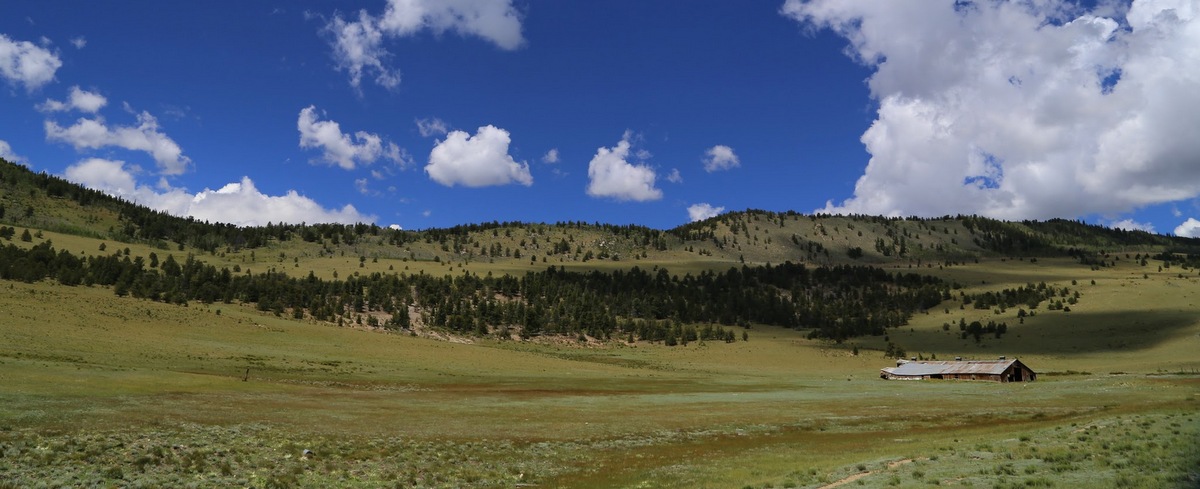
Follow the link below to read an interesting and positive article from today’s Wall Street Journal about the strengthening high-value ranch market:
“The market for large ranches is on the rebound. The recession and droughts dampened demand for wide swaths of ranch land in recent years. Dry conditions forced ranchers to sell off their herds, creating a glut that drove down cattle prices. Now, with easing drought conditions across much of the country and higher cattle prices, ranches that had been sitting on the market have started to sell. A boom in the oil and gas industry and current 2% interest rates on ranch mortgages are also fueling big land grabs.”
Billionaire Businessmen Buying Up Mega-Ranches
–
Cover Shot!
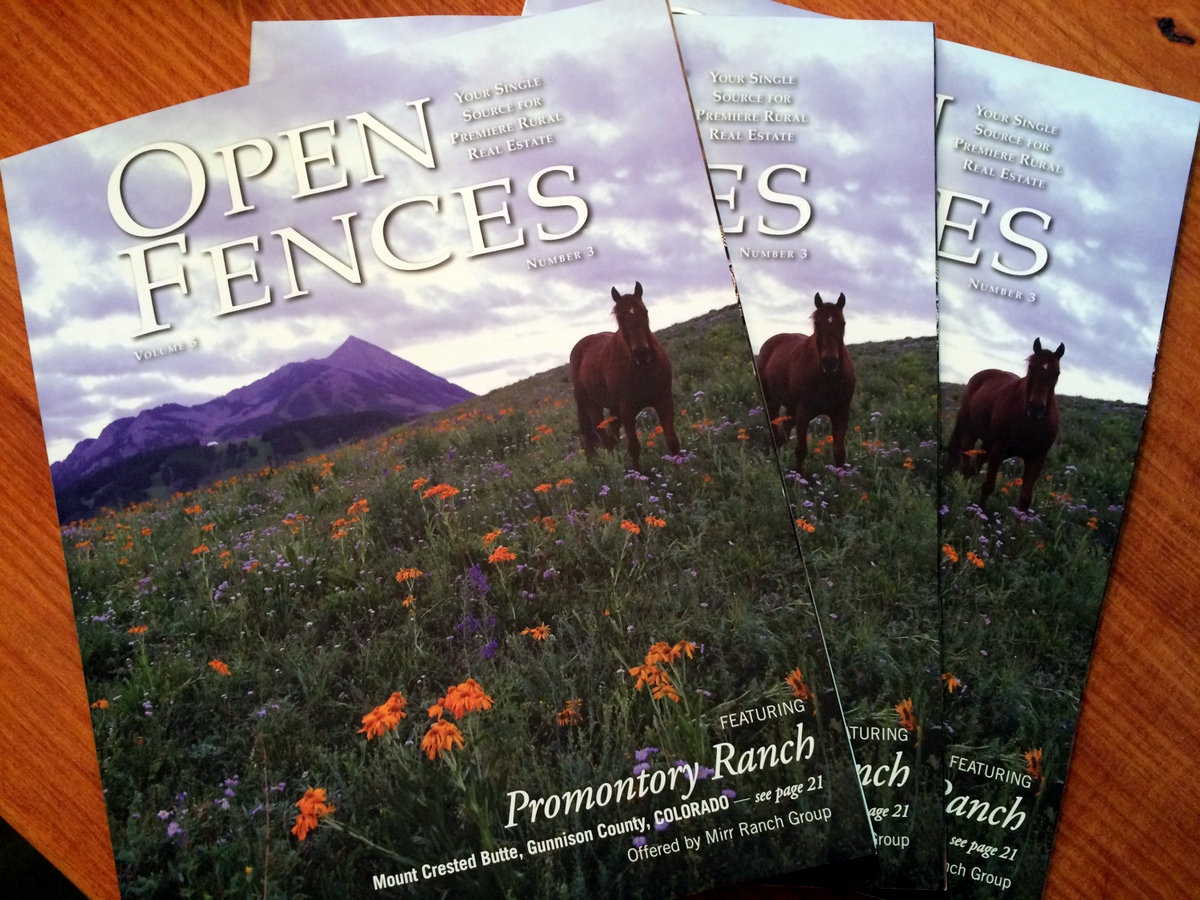
Thanks to lots of wildflowers, a few horses, and a beautiful sunrise, one of my shots of Promontory Ranch scored the cover of Open Fence’s fall edition.
Wrapping up the Ranch Broker Series
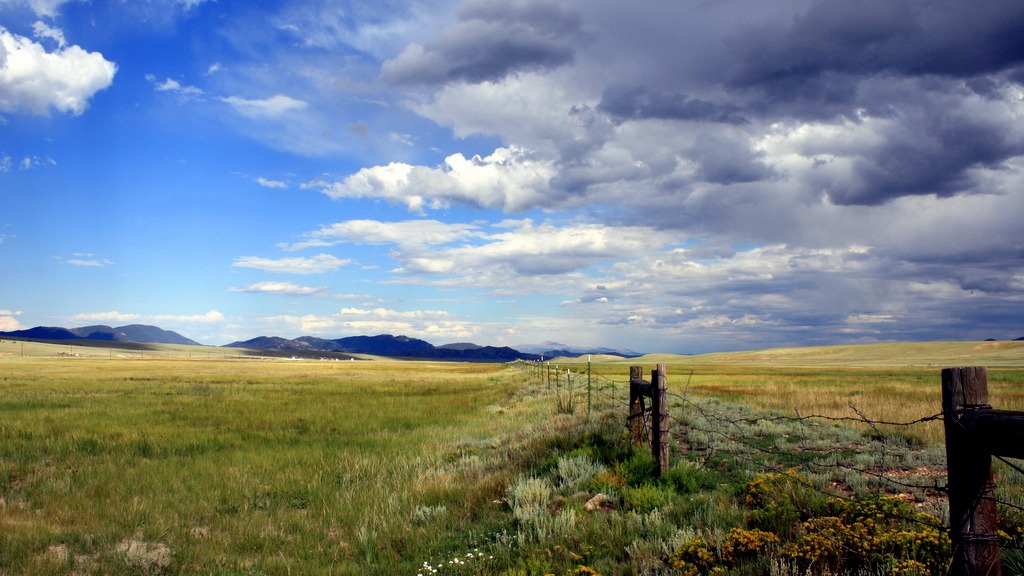
A few weeks ago, I finished up my six part series: Ranch Broker Essential Characteristics. Click over to the Mirr Ranch Group blog for Part 4, Part 5, and Part 6.
If you only read one, make sure it is Part 4. It drills down into the fundamentals of valuing a ranch and explains why ranch values must be based on data, not on emotion or pie-in-the-sky hunches. It’s an important subject that many in the ranch brokerage world do not (or choose not to) fully understand.
Weekend in the Upper Arkansas River Valley
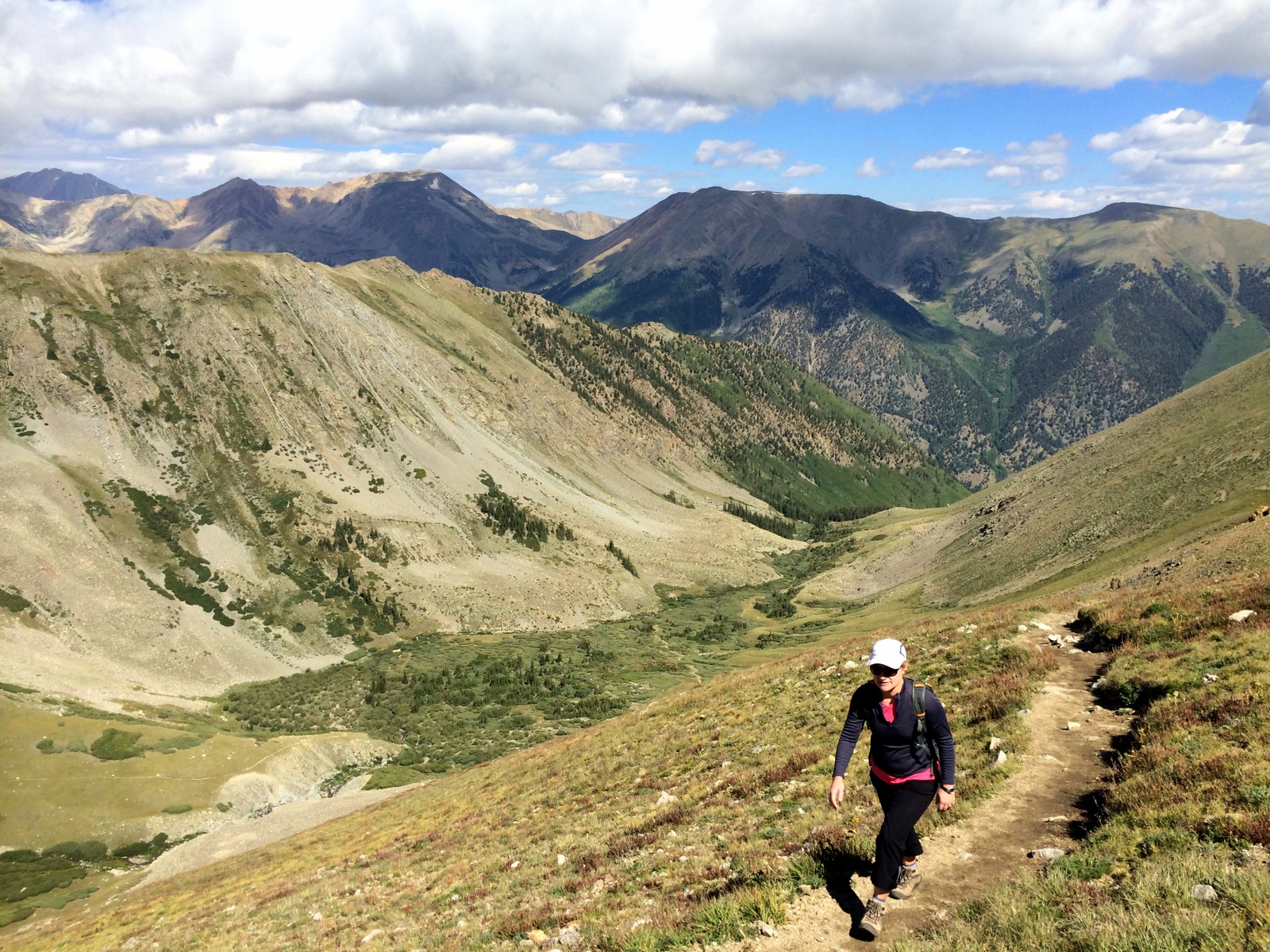
This past weekend, my wife and I spent a classic Colorado weekend in one of my favorite valleys in all of the American West – The Upper Arkansas River Valley.
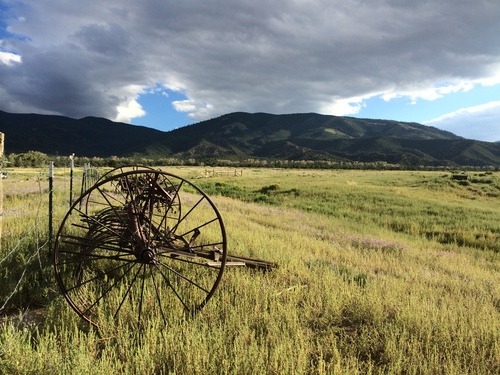
On Saturday night, we attended the Colorado Cattlemen’s Agricultural Land Trust’s (“CCALT”) annual Sunset BBQ. This year the event was held on the historic Hutchinson Ranch, just outside of Salida, CO. The Hutchinson Ranch has been owned by the same family since the 1860s (seven generations!) and was recently preserved by a CCALT conservation easement, ensuring that it will remain a rural working landscape in perpetuity. Great people, excellent food, in a wonderful western setting. For more info, head to the Mirr Ranch Group blog: Ranch Brokers Attend Conservation Events
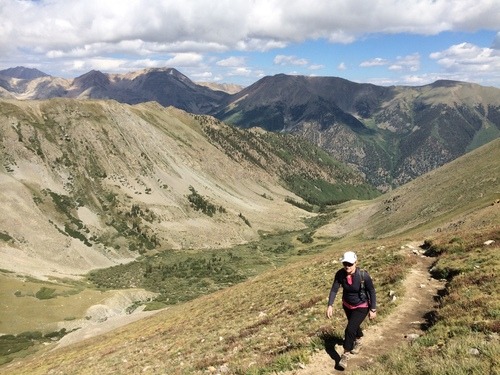
After the BBQ, we drove up the valley past Buena Vista, took a right up into the Sawatch Range via the Clear Creek drainage, and camped out for the night on the banks of Clear Creek. The next morning, we began hiking up Missouri Gulch with the goal of summiting the 14,197-foot Mt. Belford. Fall was definitely in the air as we ascended toward timberline, with some of the aspens already beginning to change. There was some fresh snow above 13,000 feet, and it was chilly enough up top that we had to wear gloves, warm hats, and light jackets on the summit. Despite the cooling temperatures, the valley floor was still green and lush with grass and wildflowers.
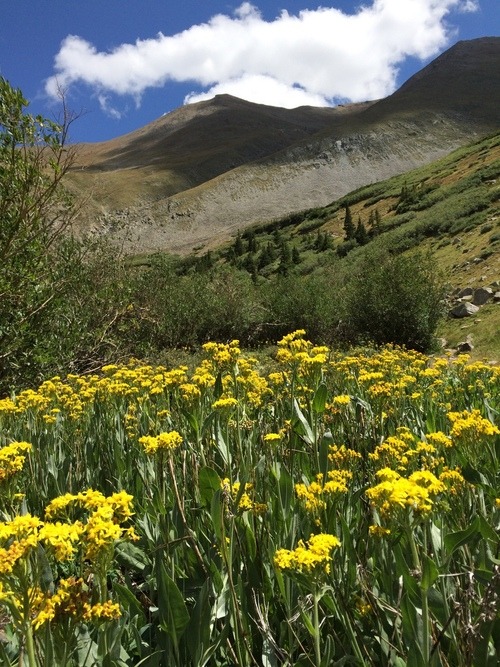
Another perfect Colorado weekend that combined conservation, ranches, and time up high in the big mountains!
Promontory Ranch – Late Summer

Follow the link below to check out an album of some of my new photos from Crested Butte’s Promontory Ranch:
Red Hill in Summer
Late last week, I stopped by the Red Hill Ranch to shoot a few new photos. Despite it being mid-August, the ranch is surprisingly green and lush with deep grass and wildflowers. Follow the link below to see some of the best photos from the day.
New Mountain Khakis Blog
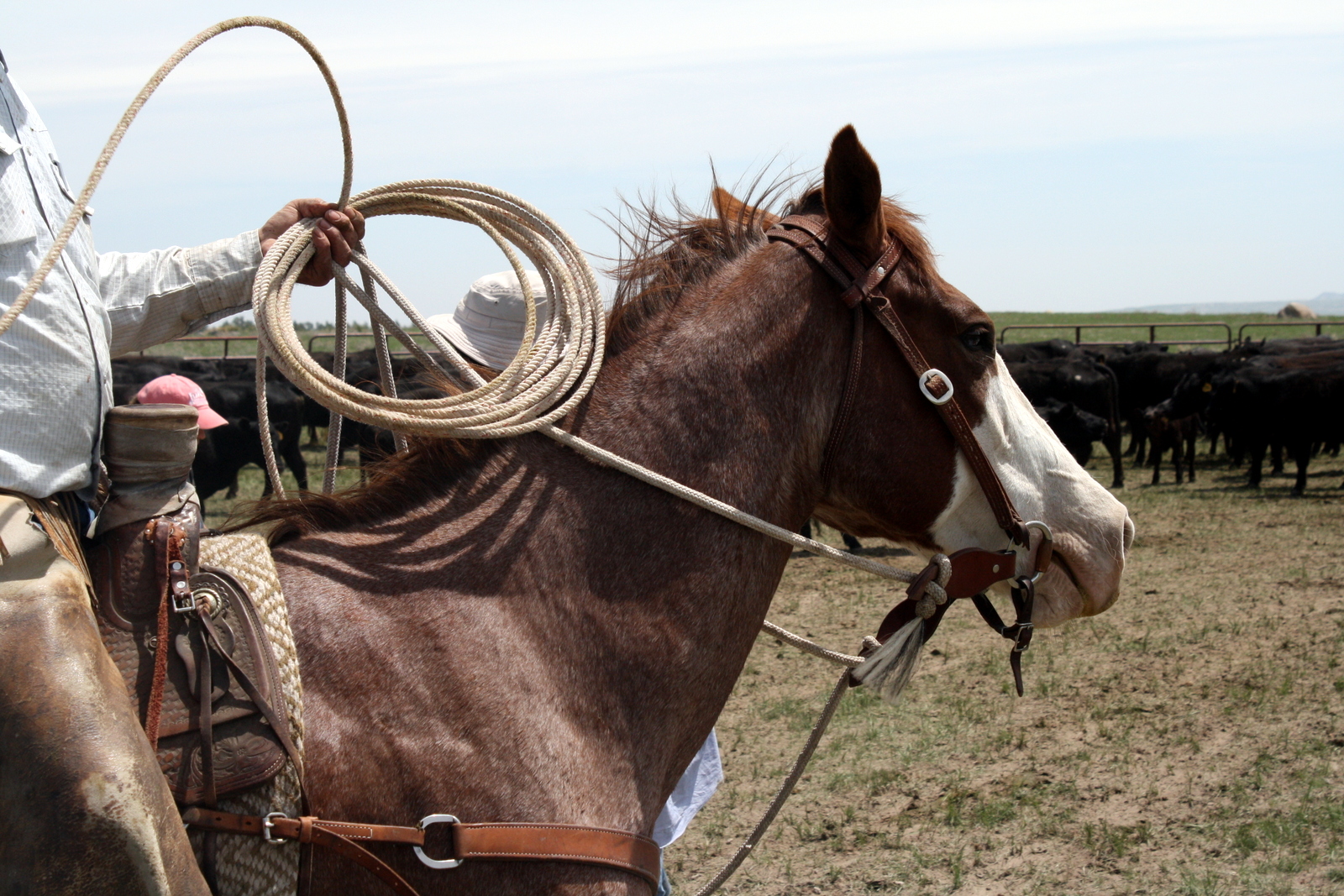
Be sure to check out my latest post on the Mountain Khakis blog, a description of spring calf branding and how the tradition has remained mostly unchanged for the past 150 years:
Phantom Lake in Summer
Click below to check out an album of photos from my most recent trip to Phantom Lake Ranch:
Sunrise over Phantom Lake
This morning’s sunrise over Phantom Lake Ranch.


